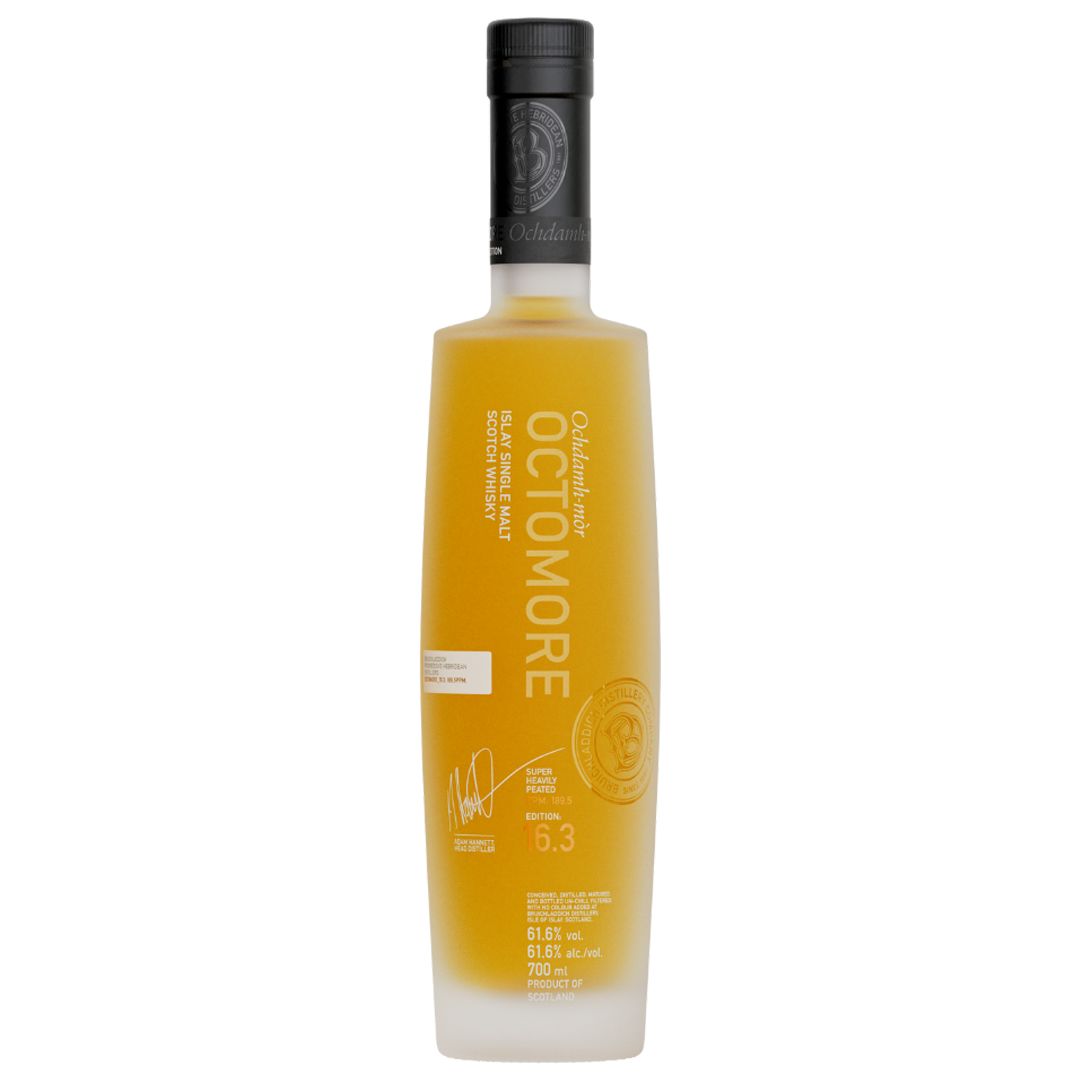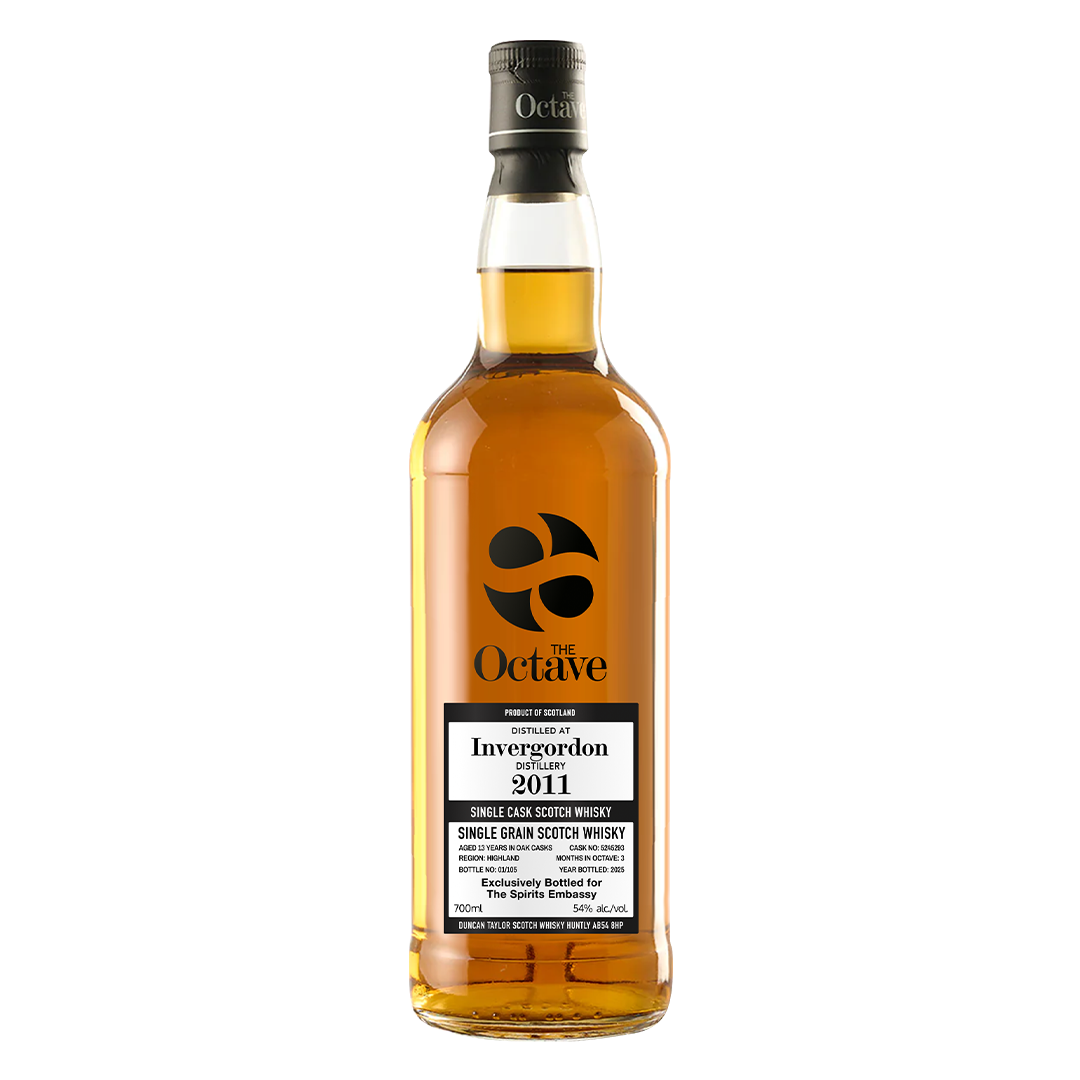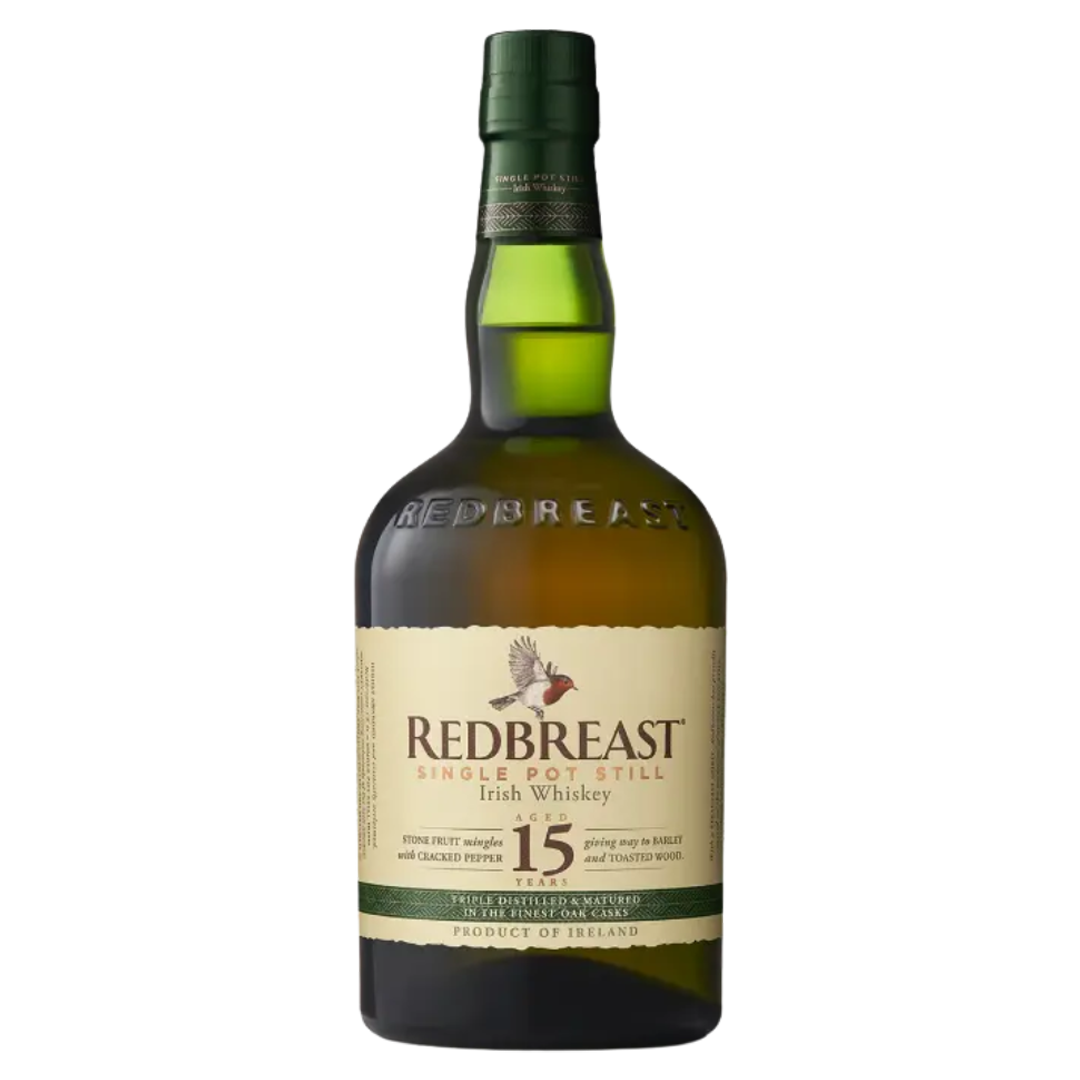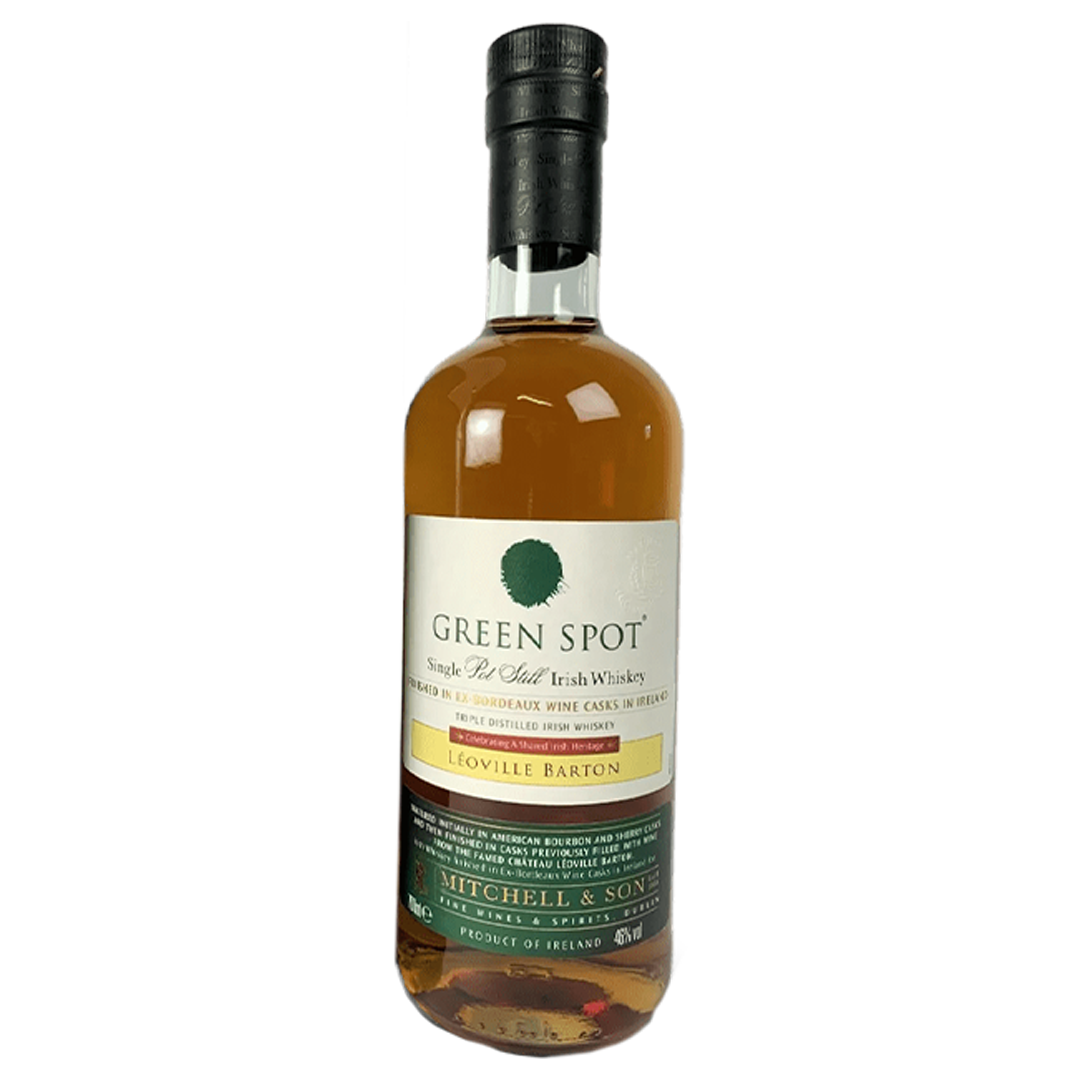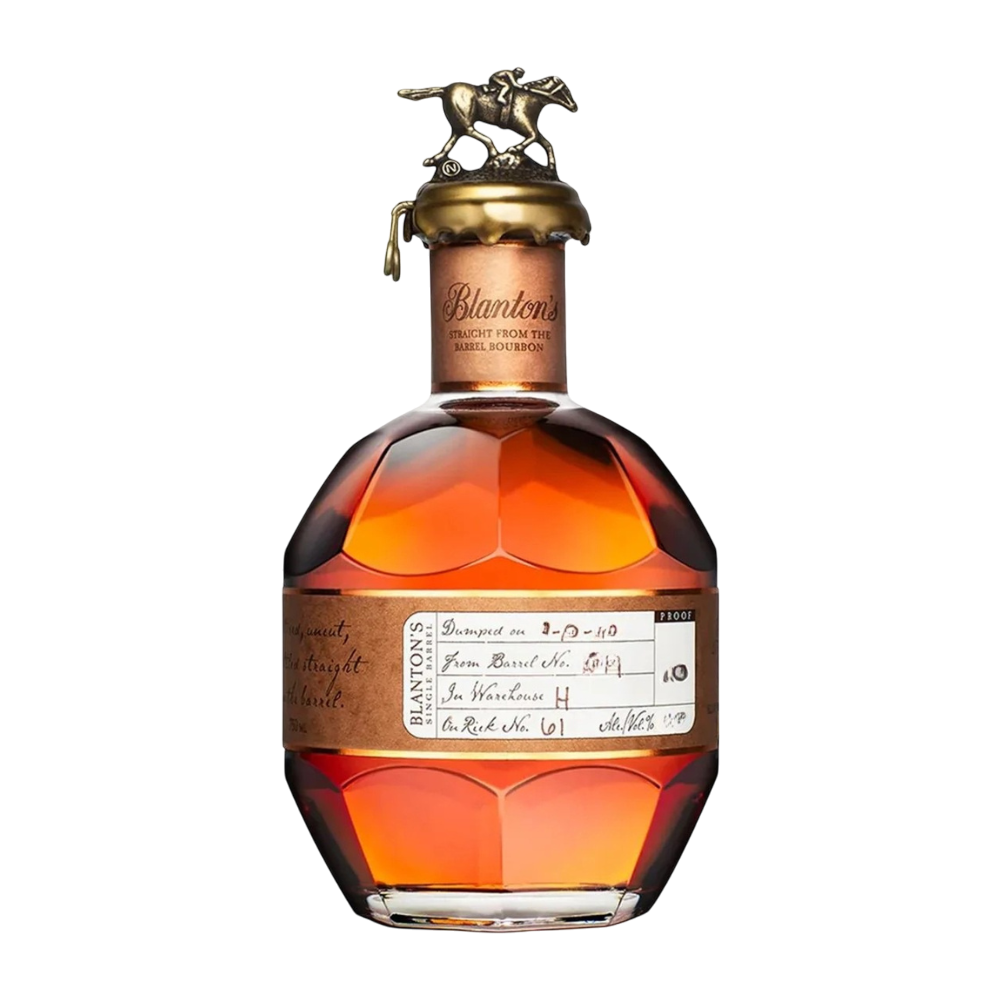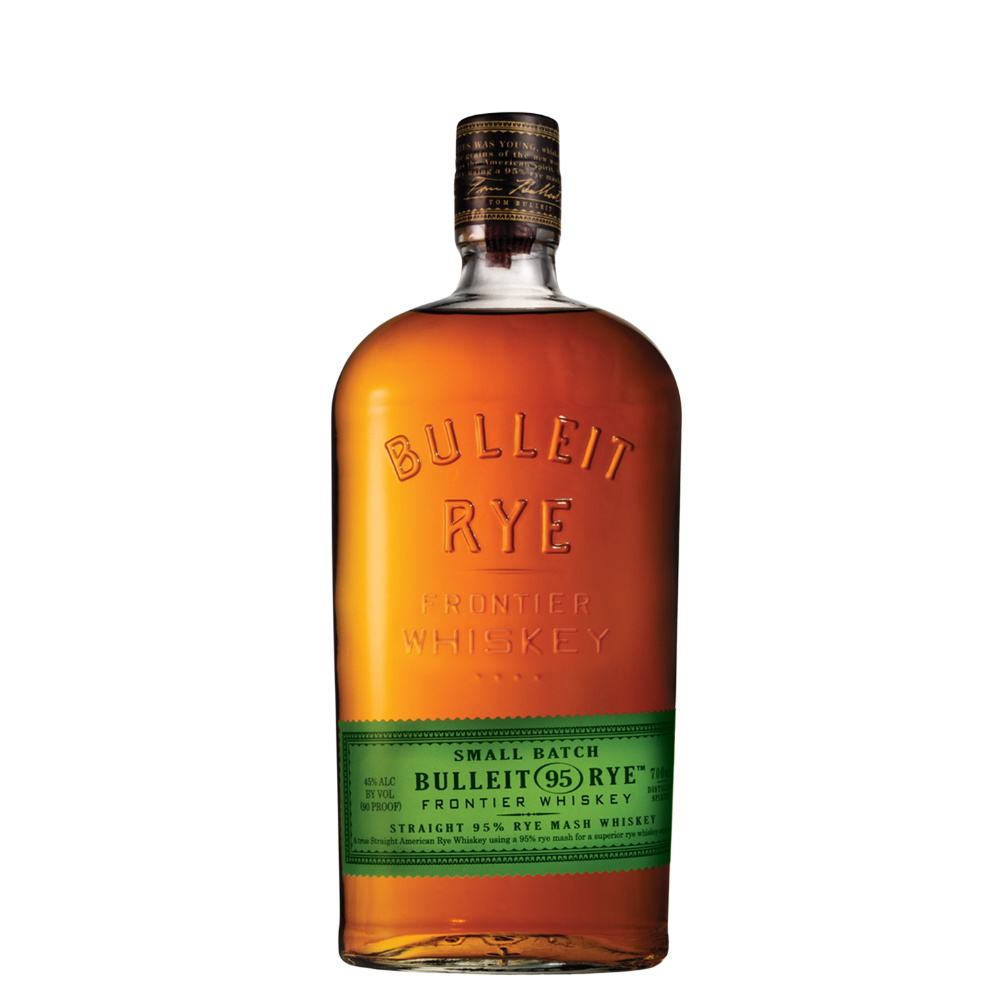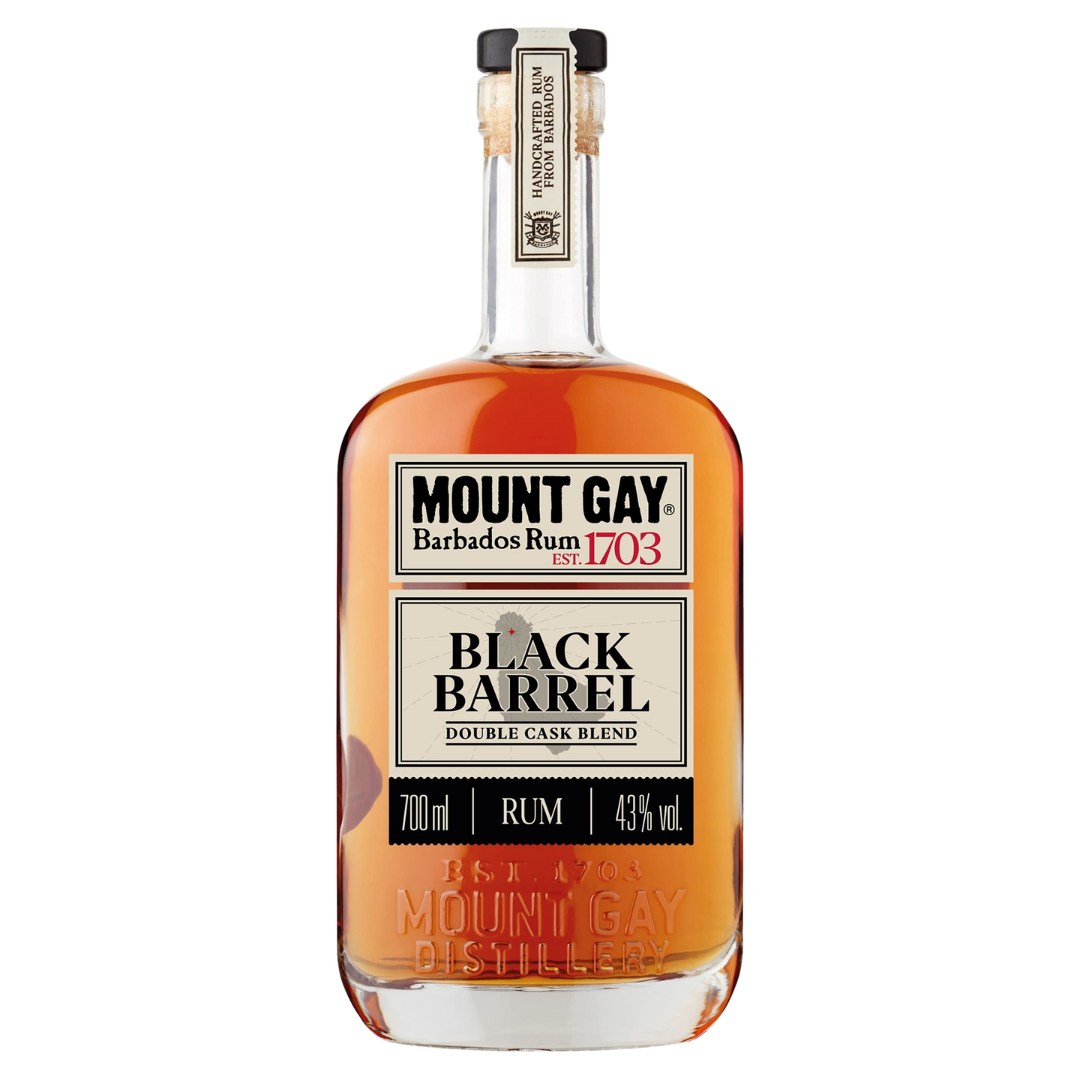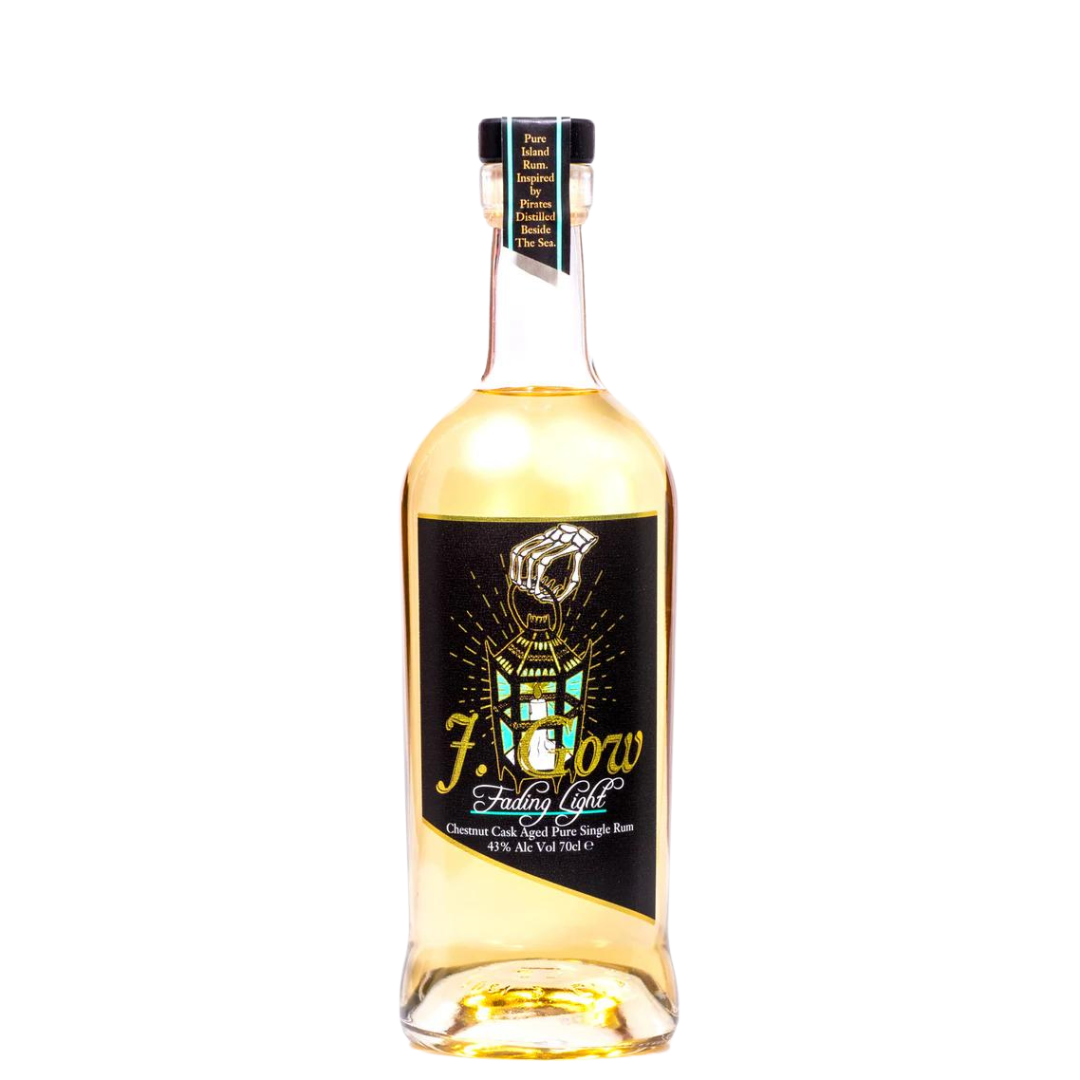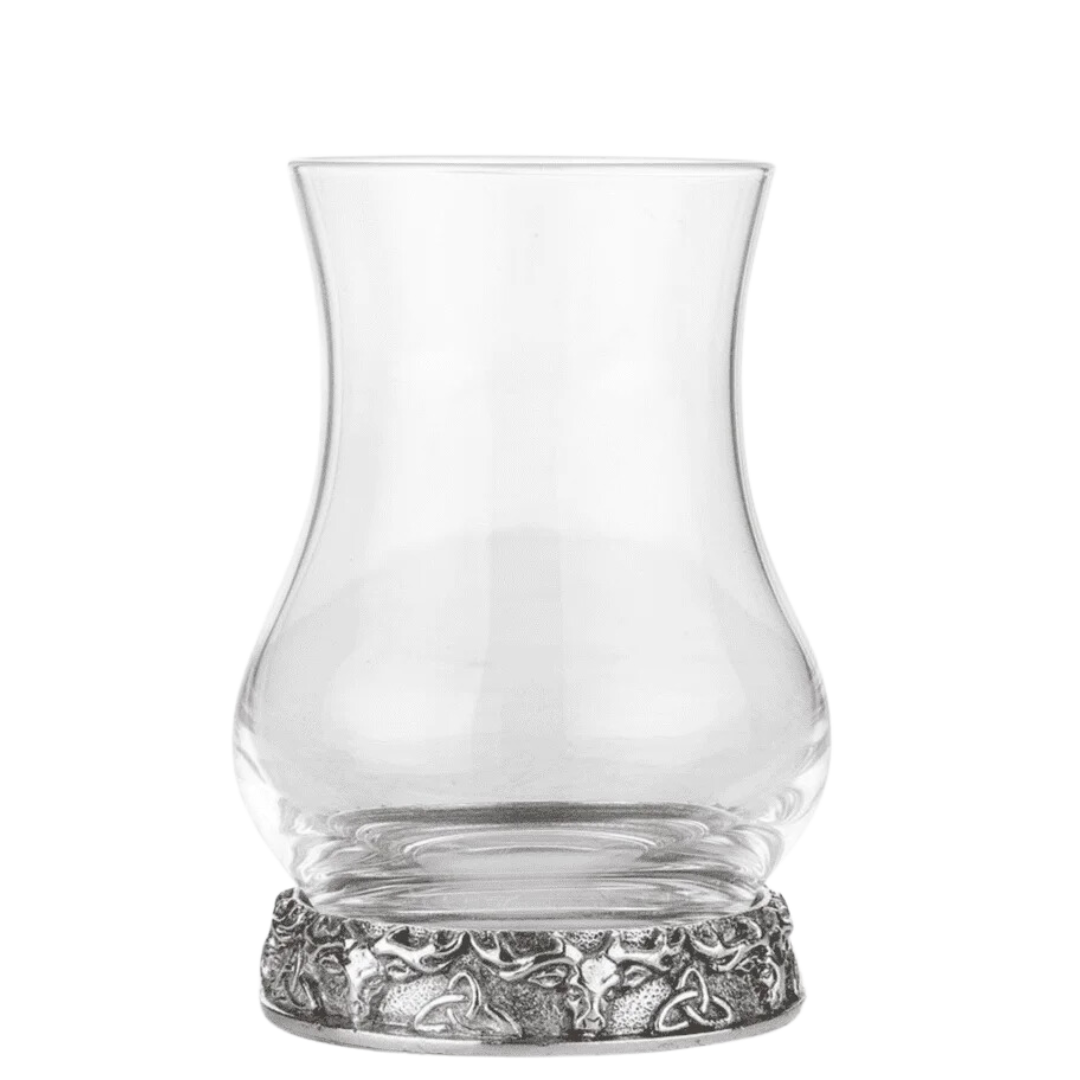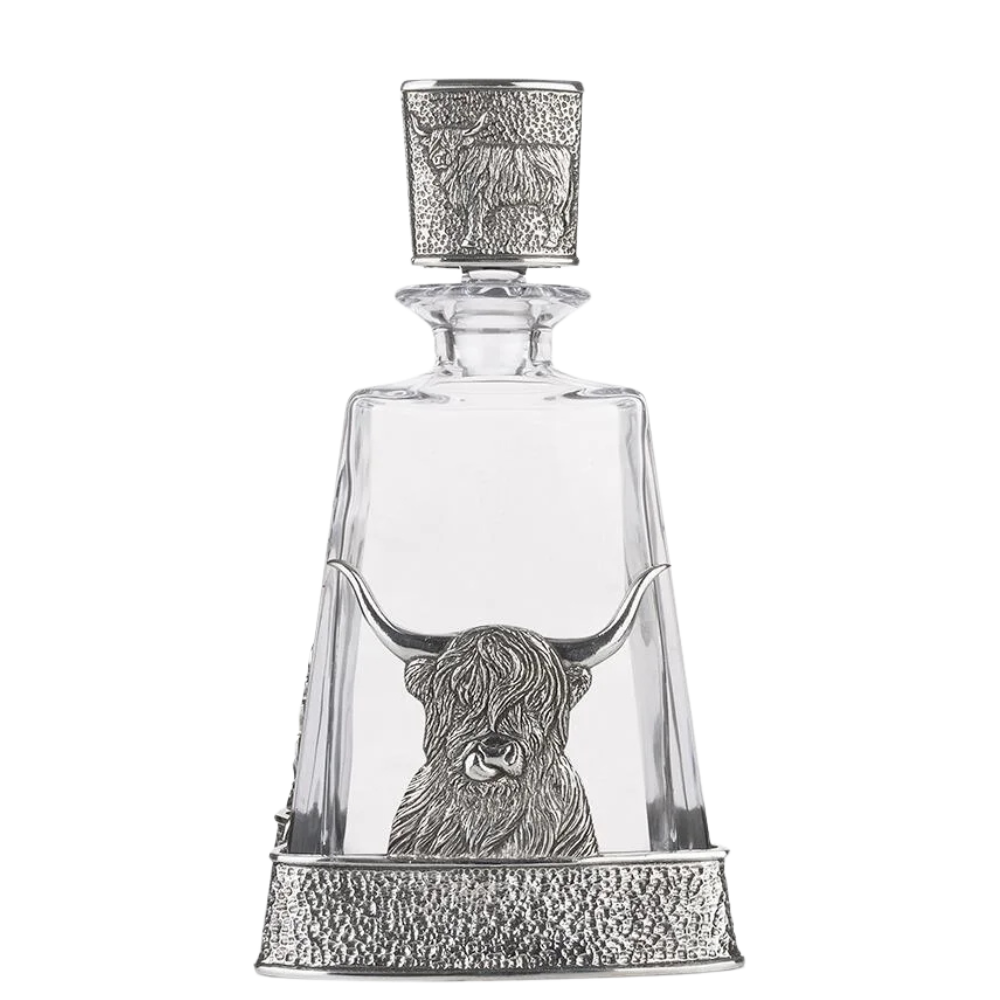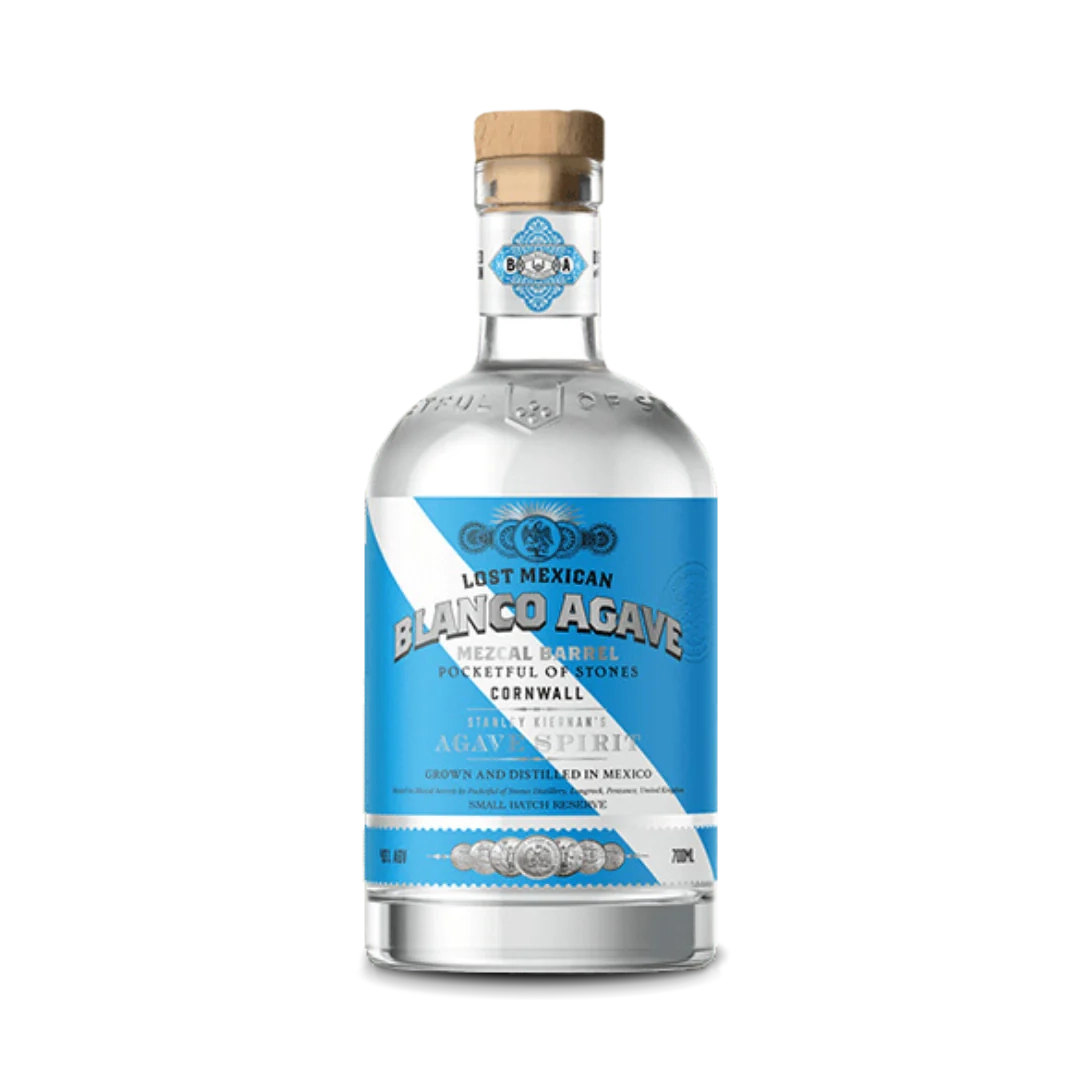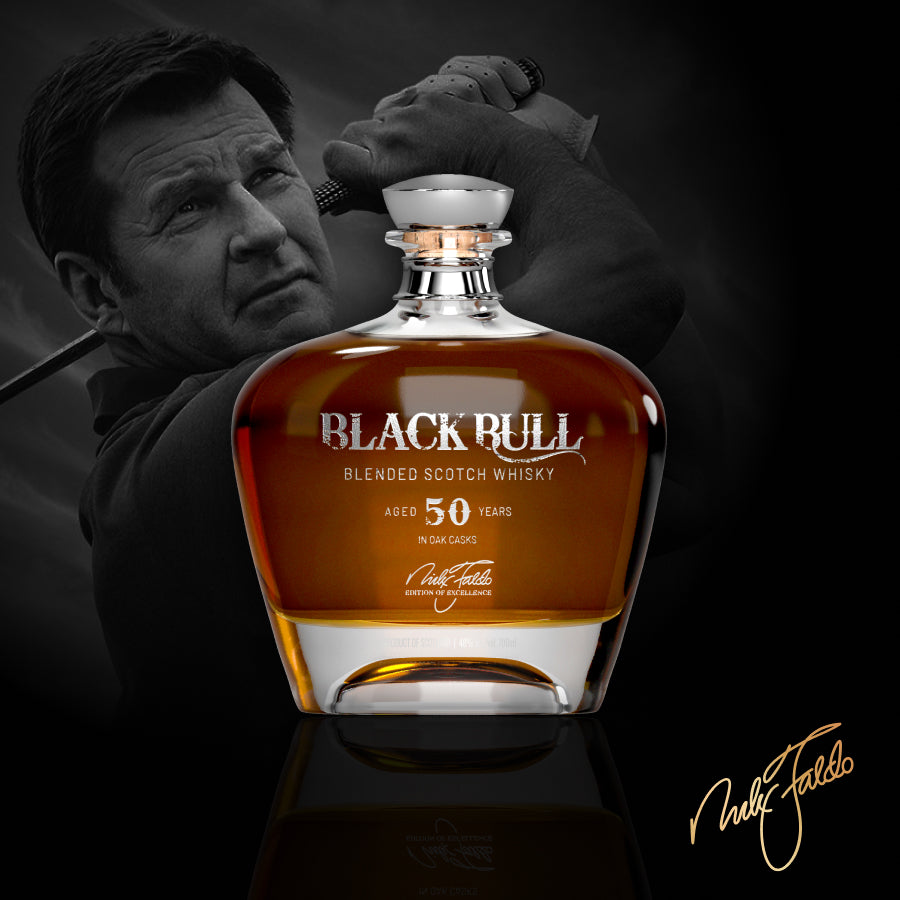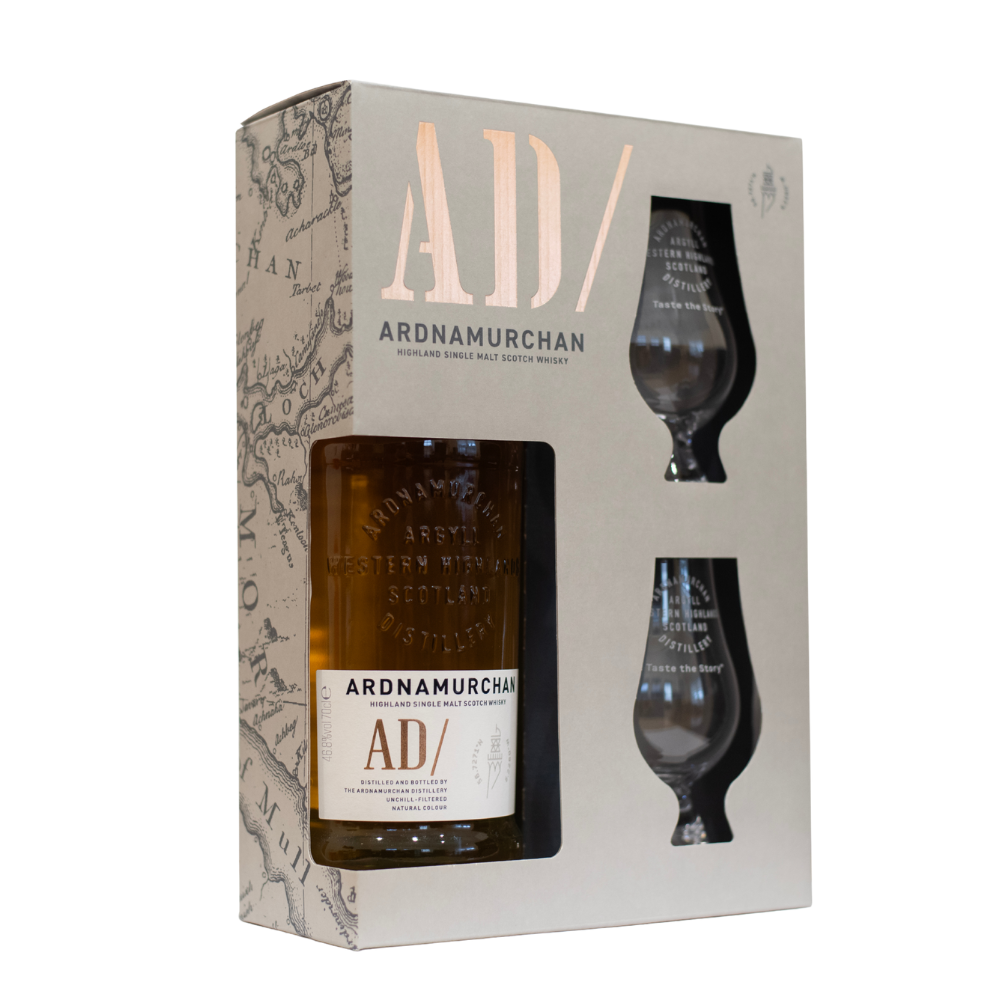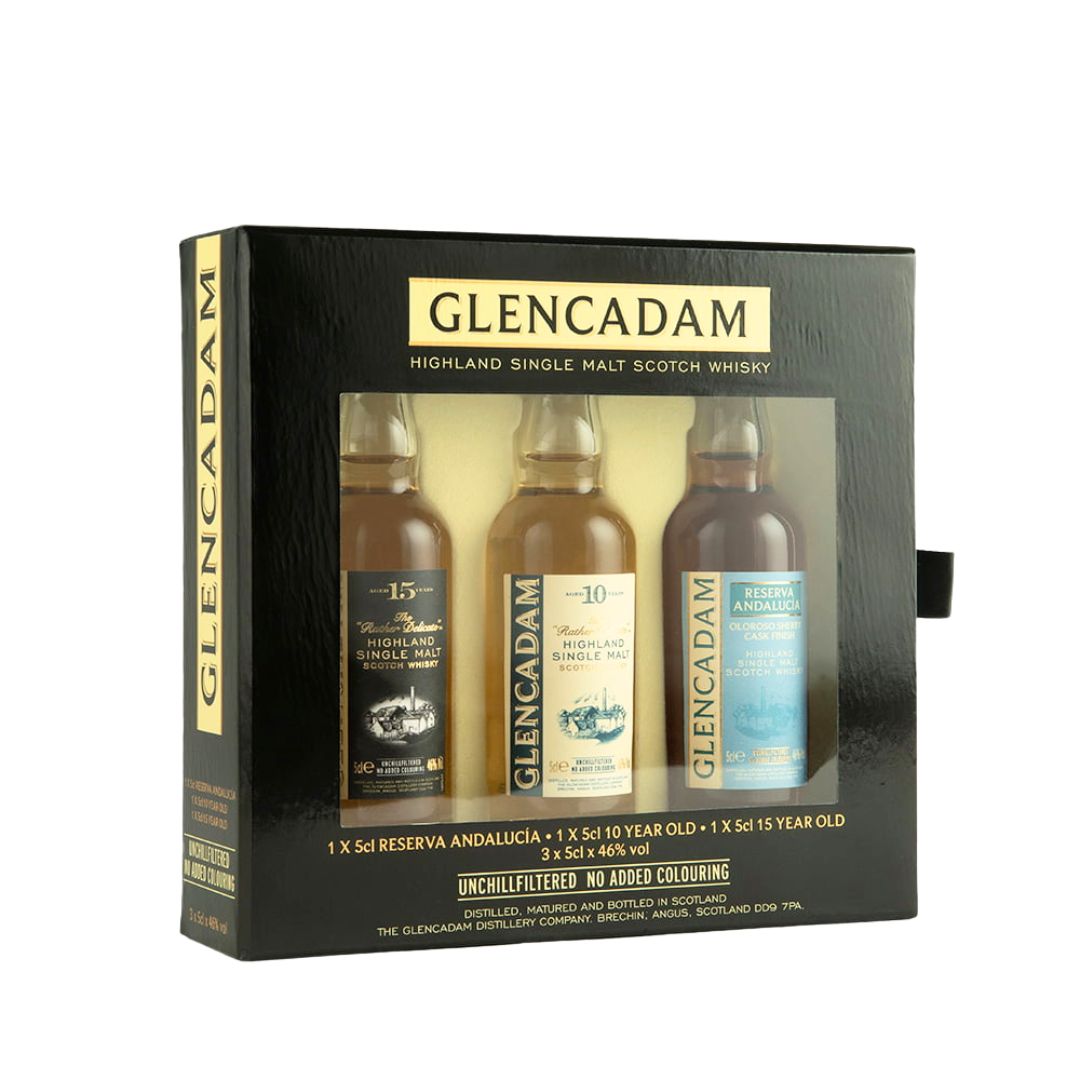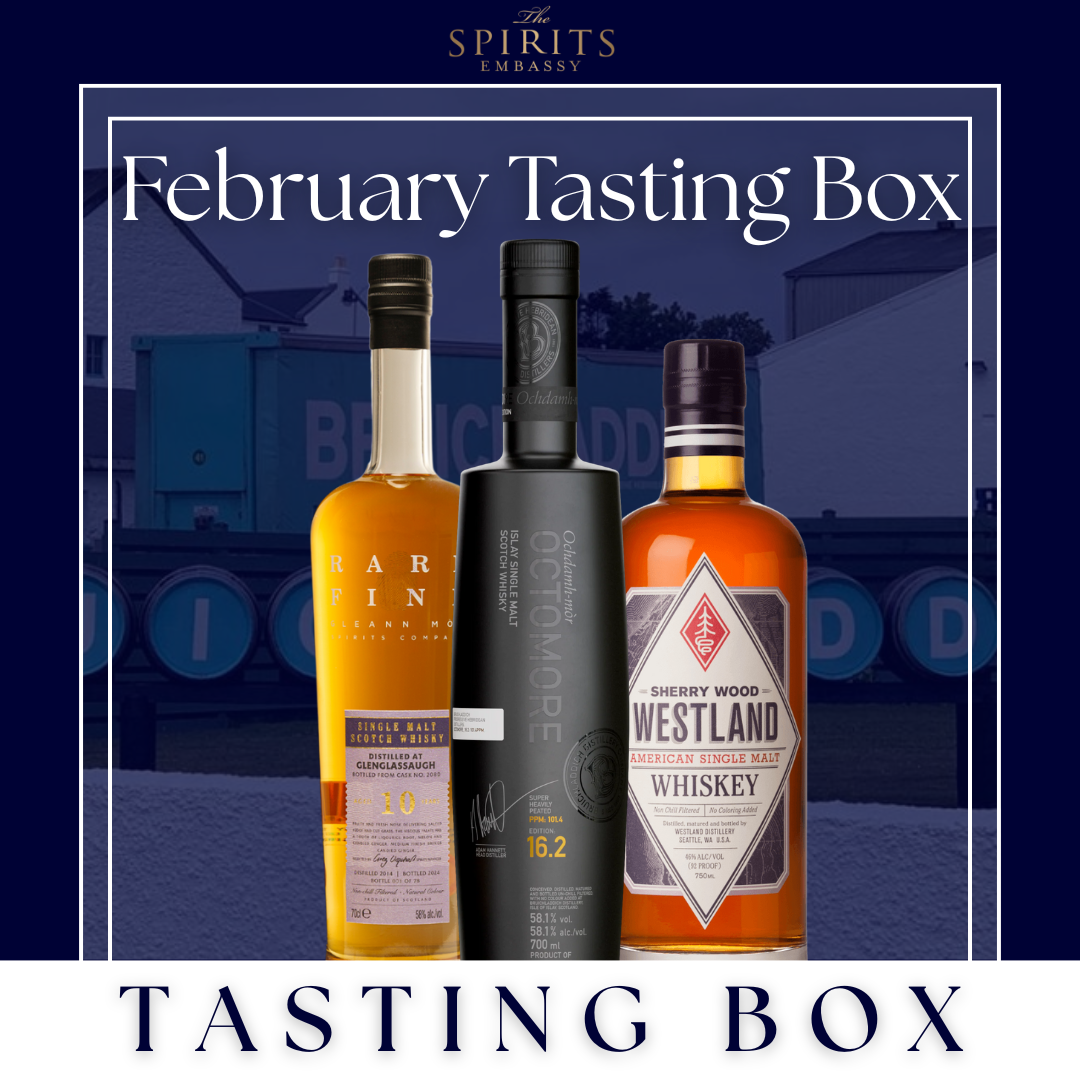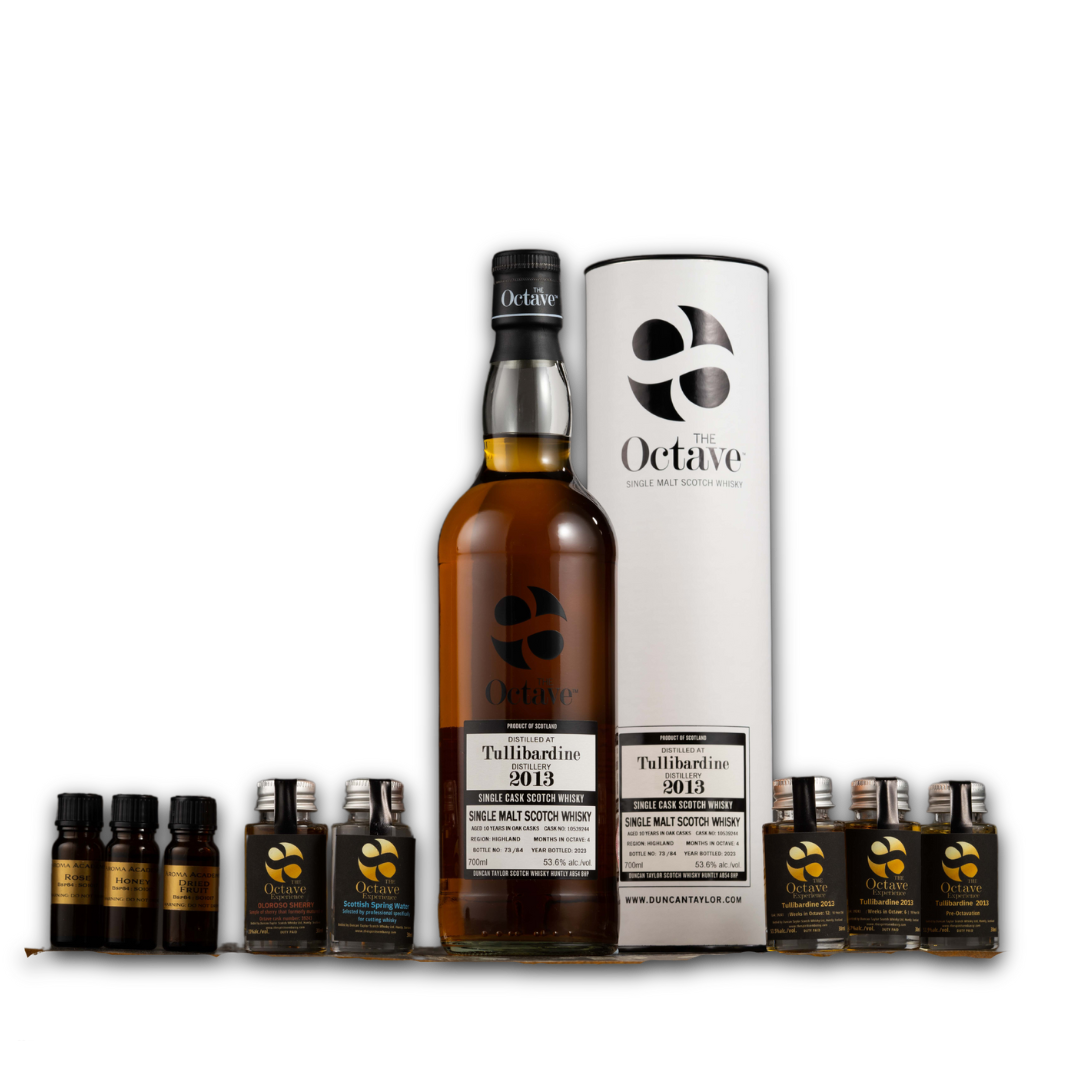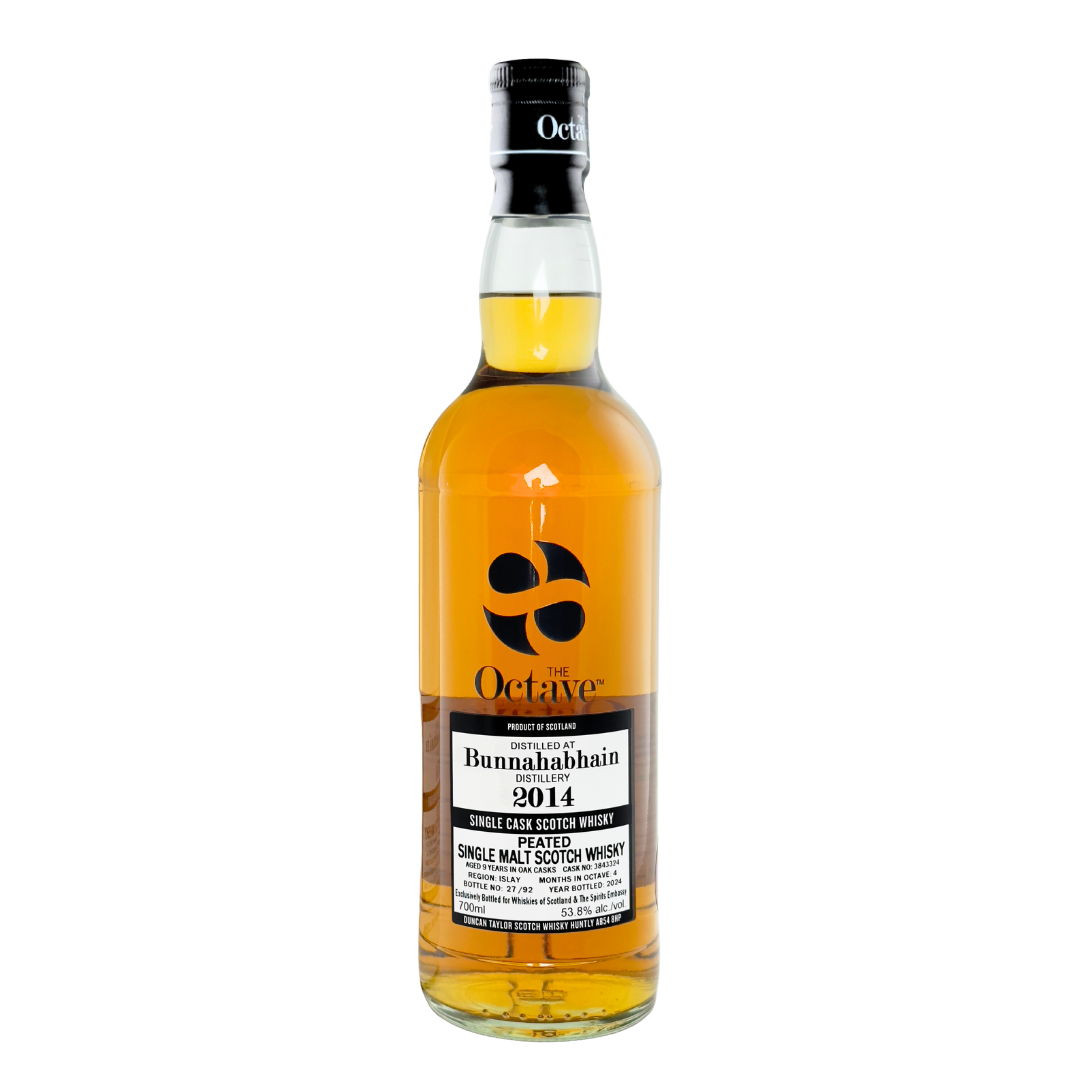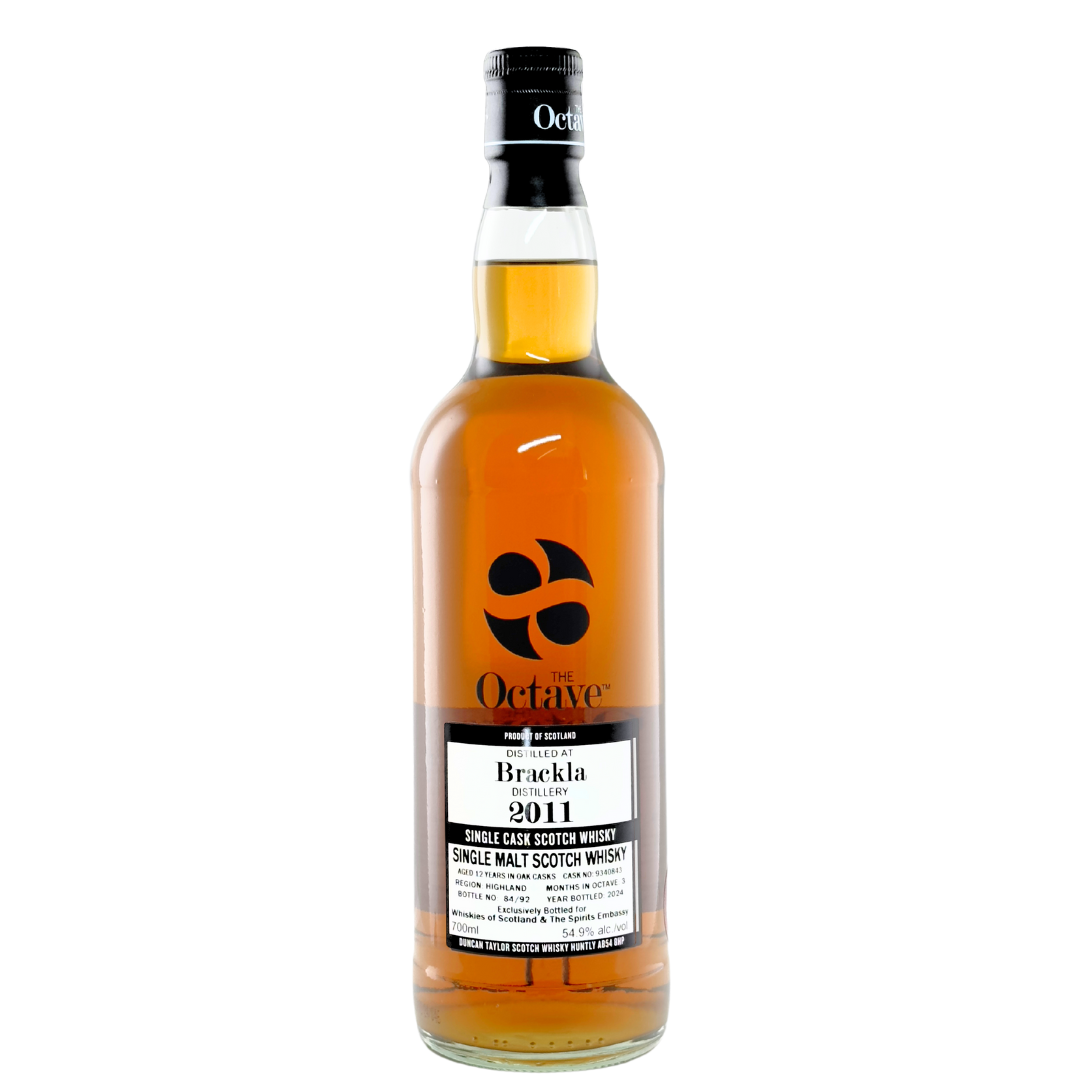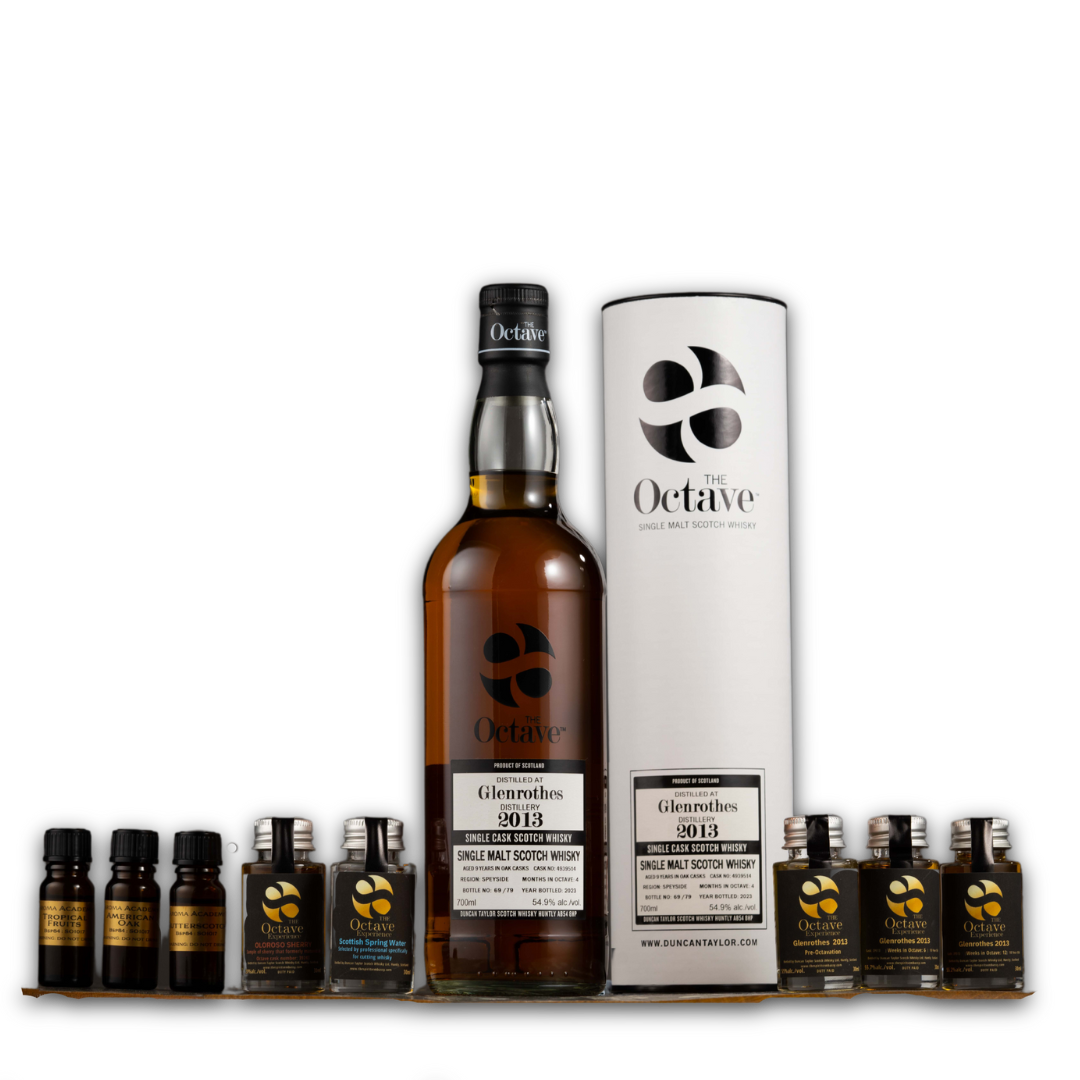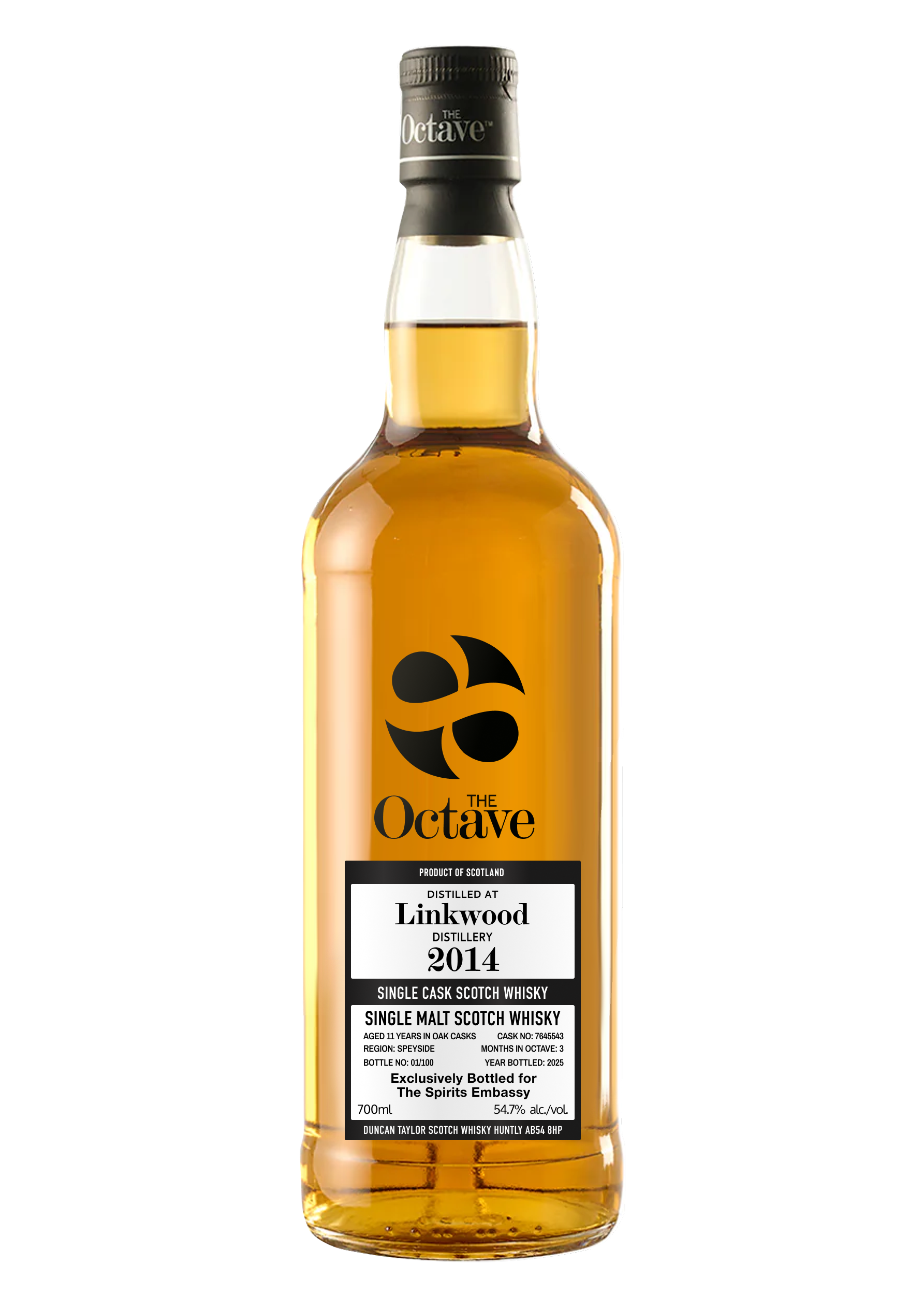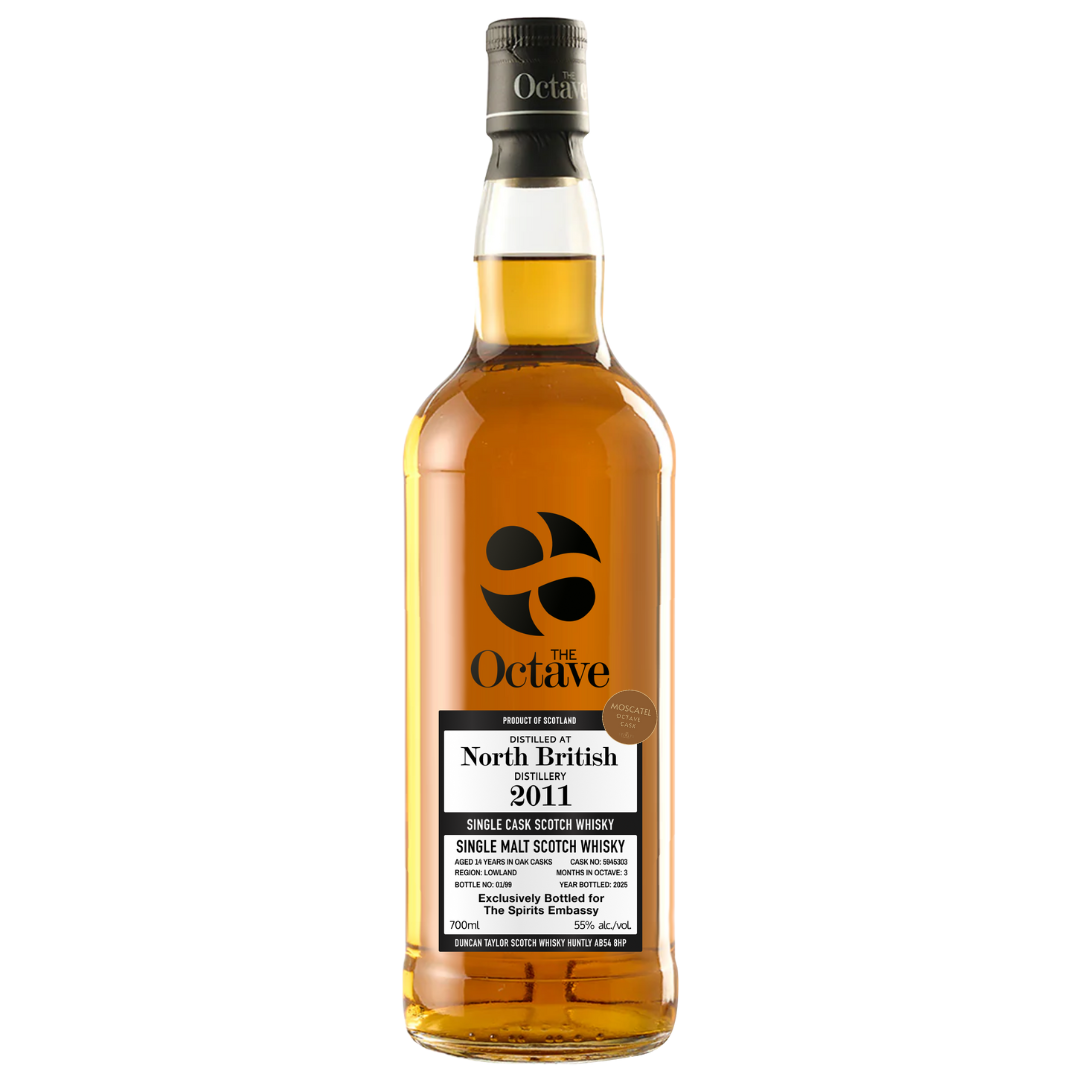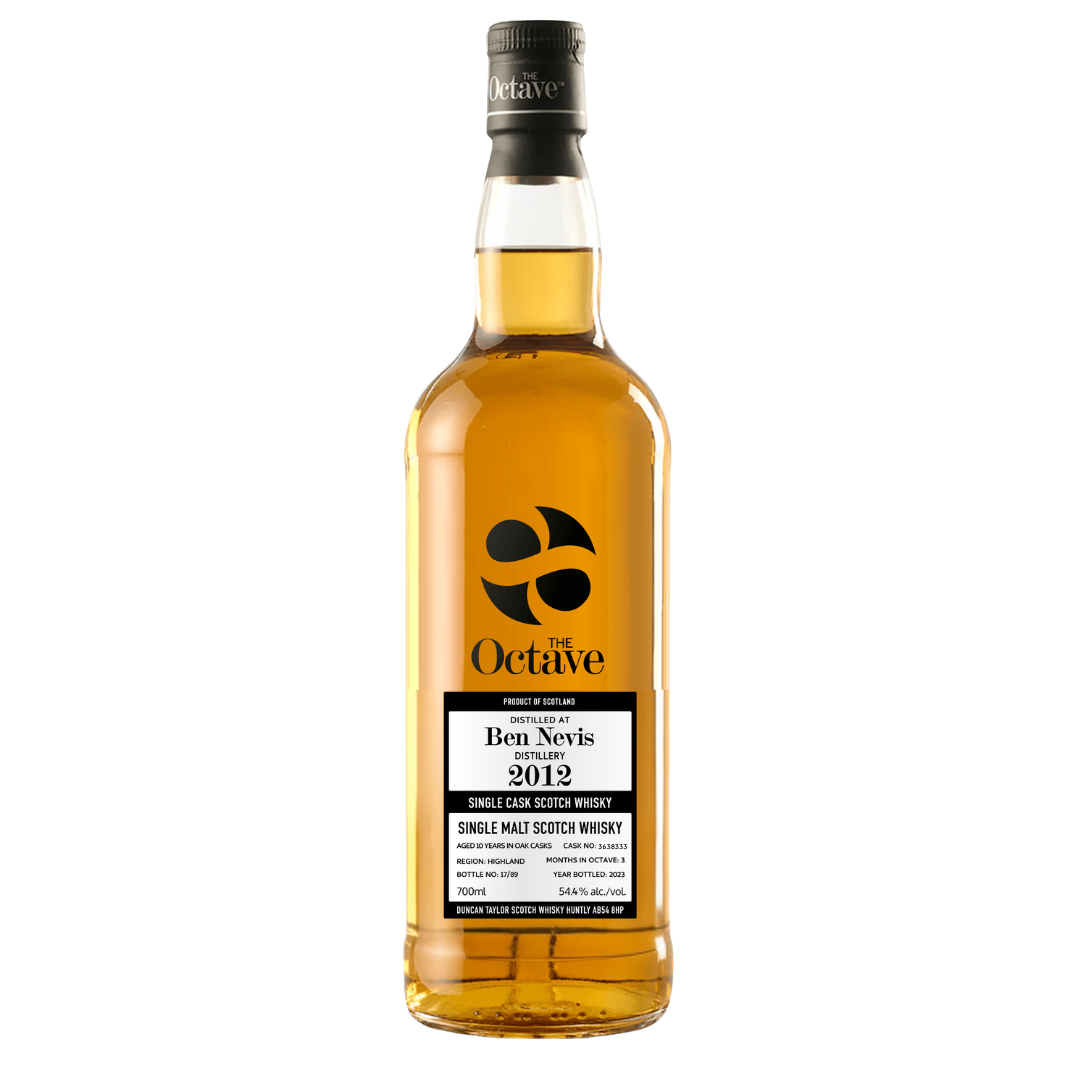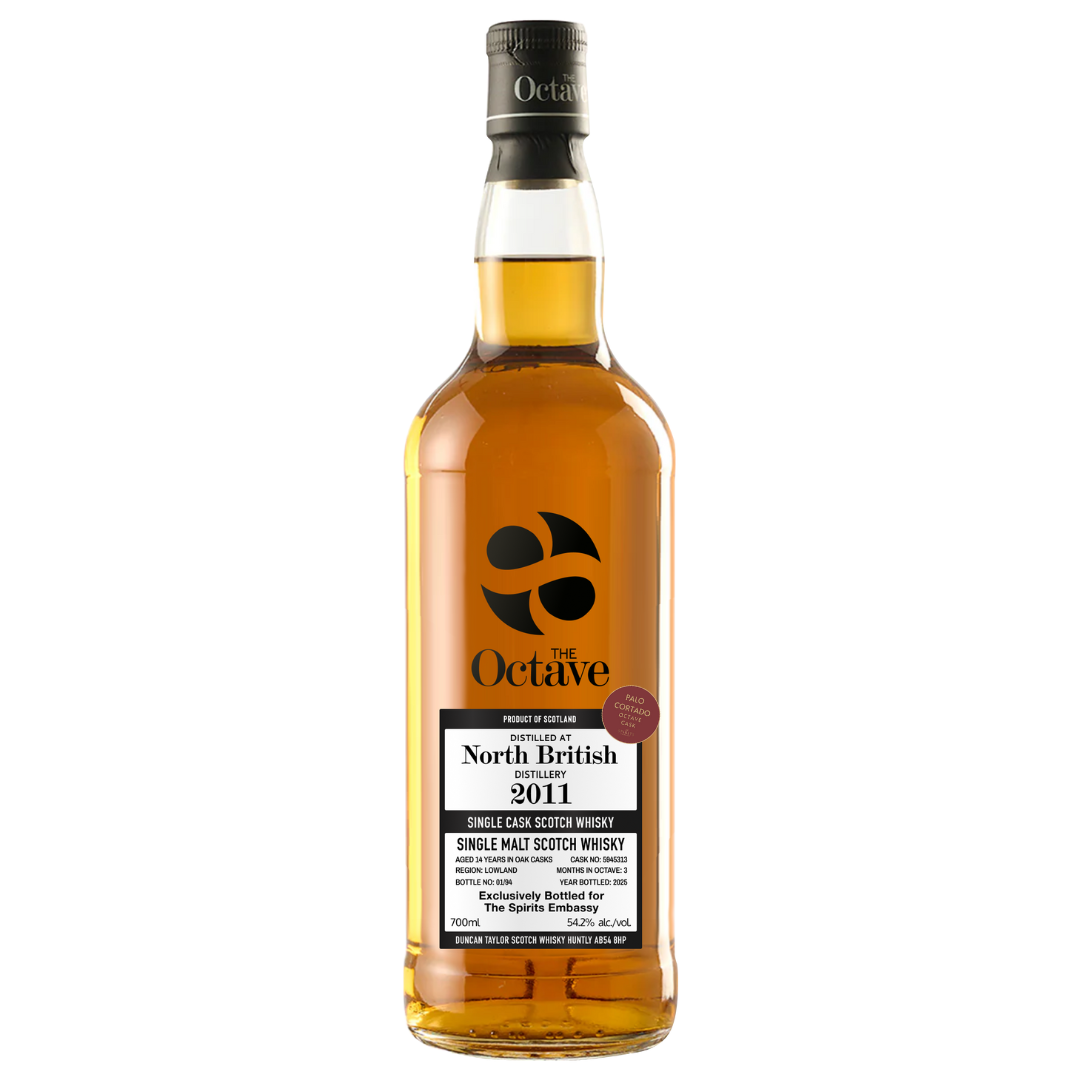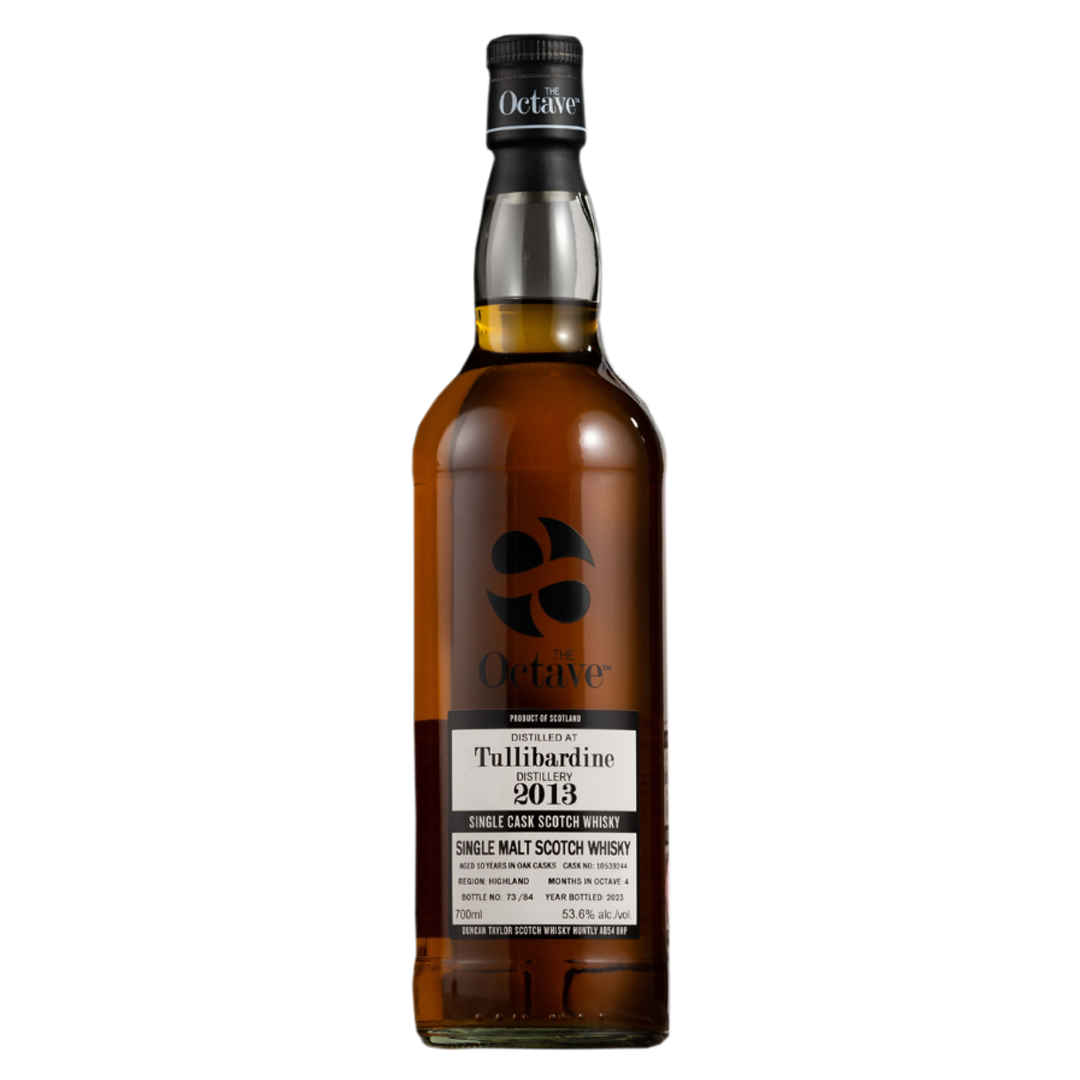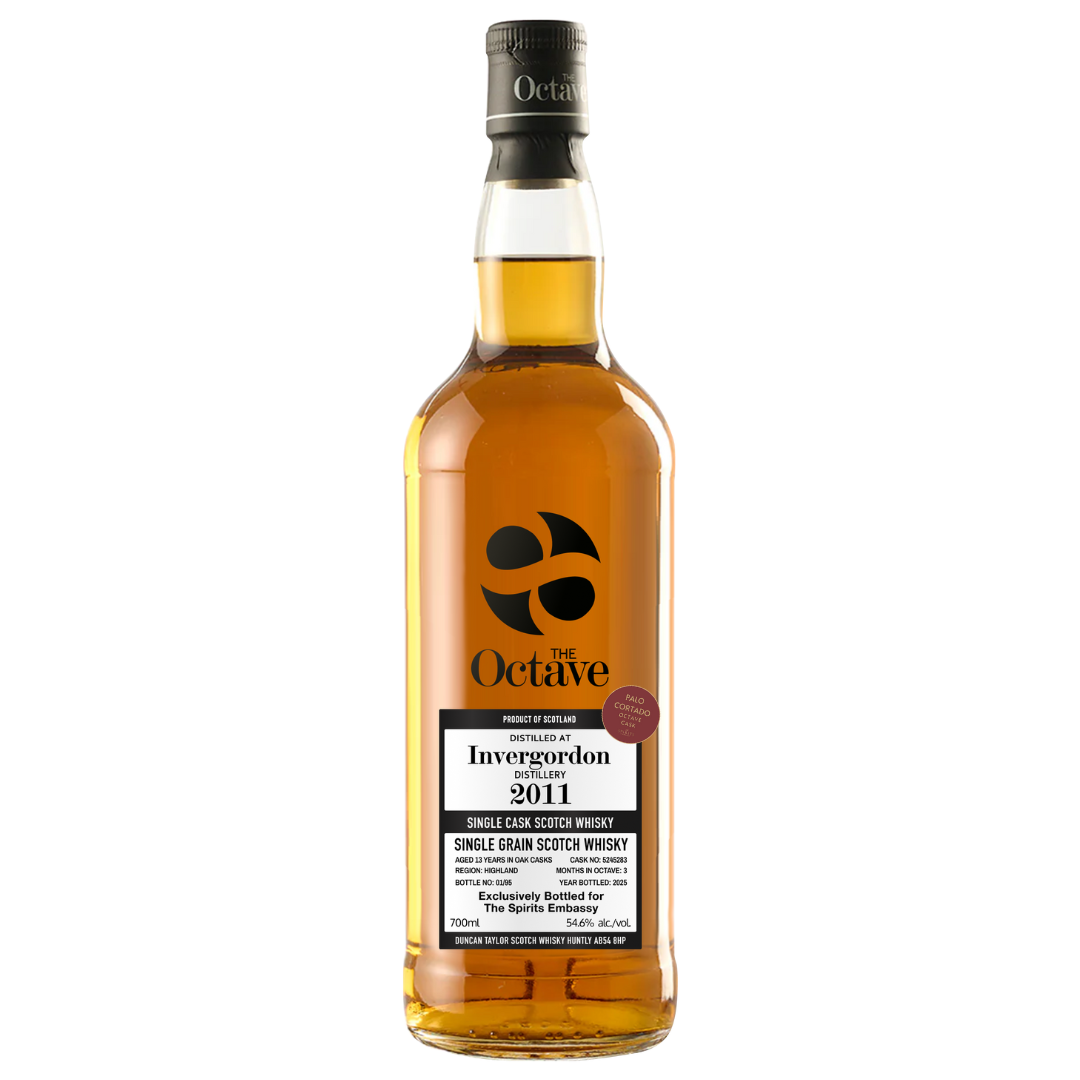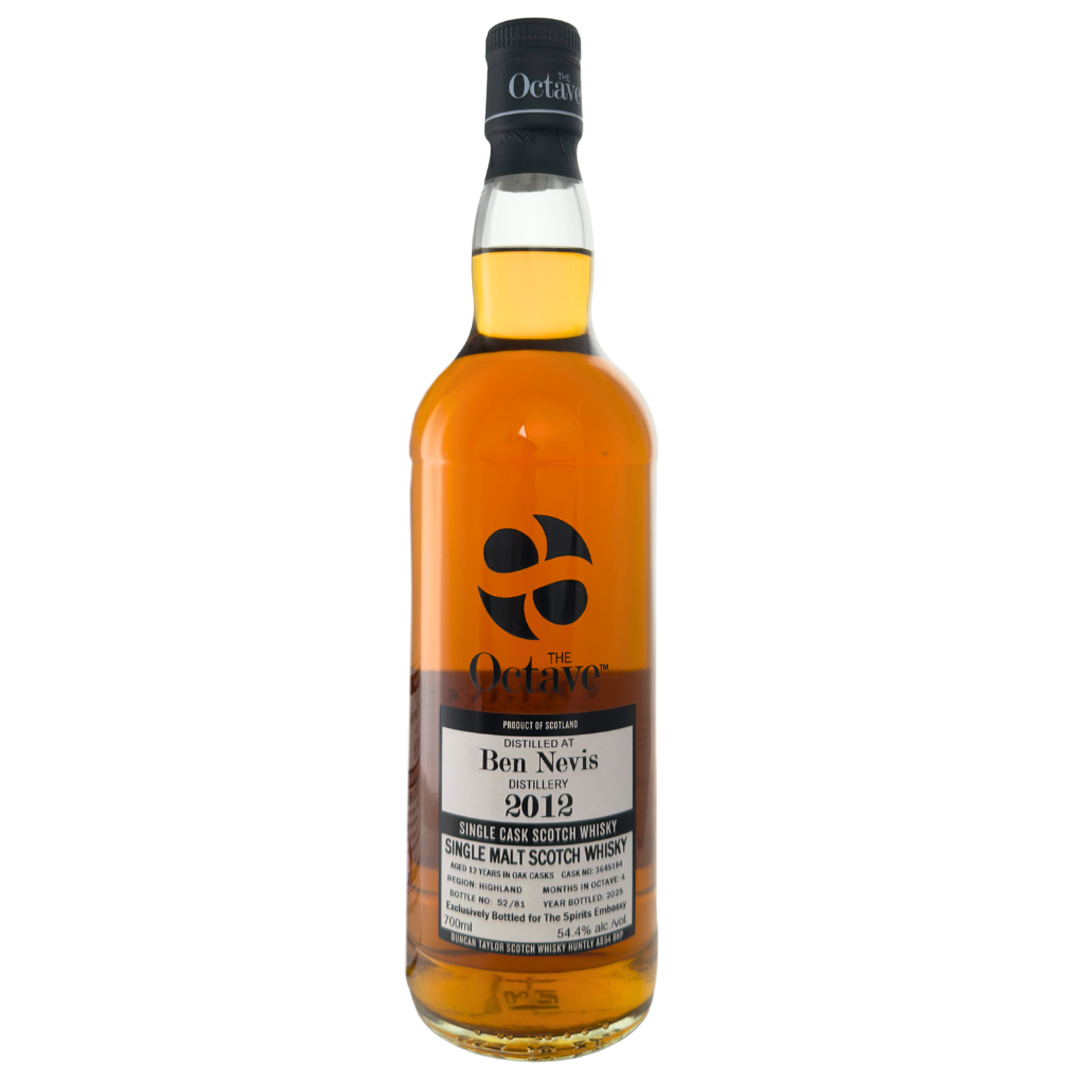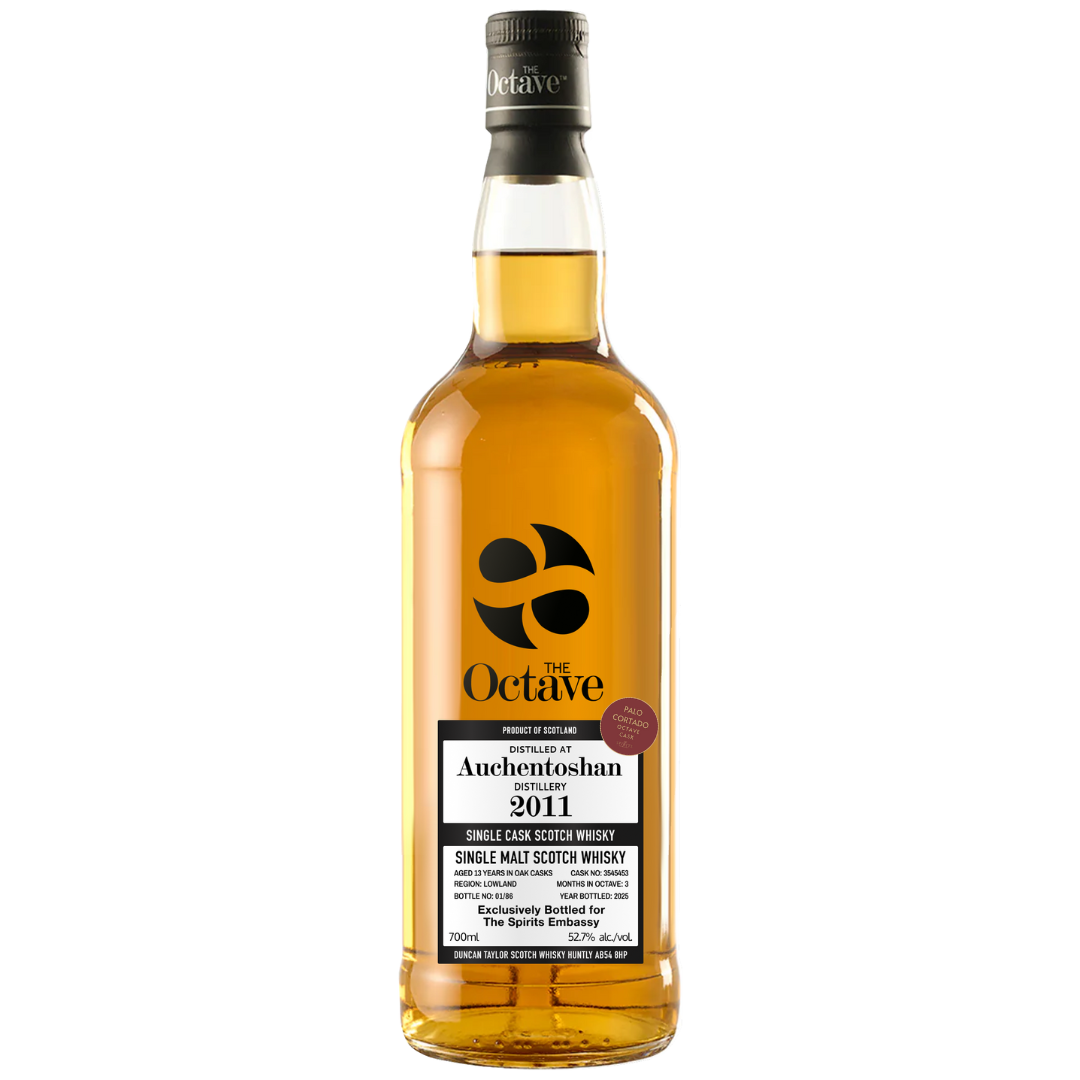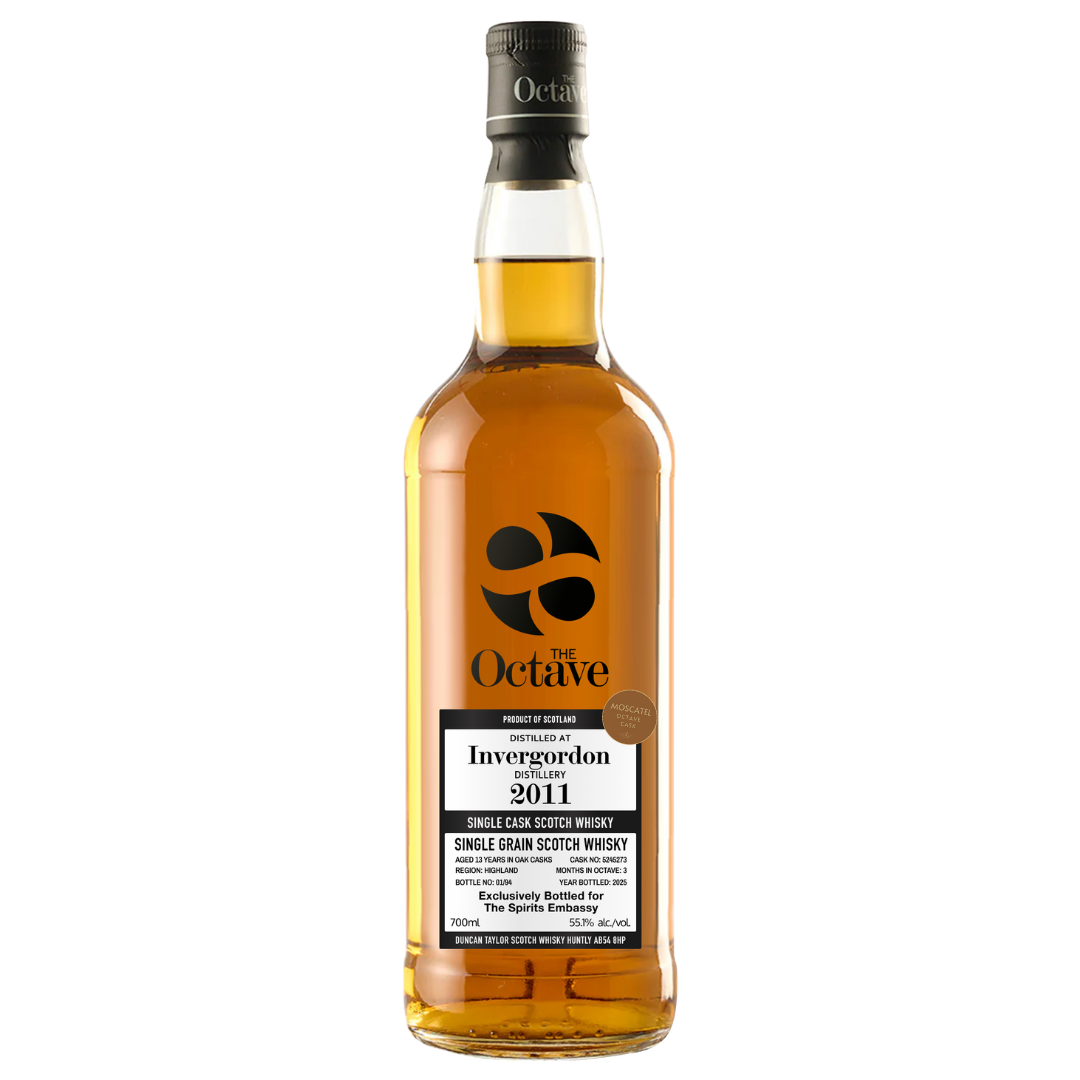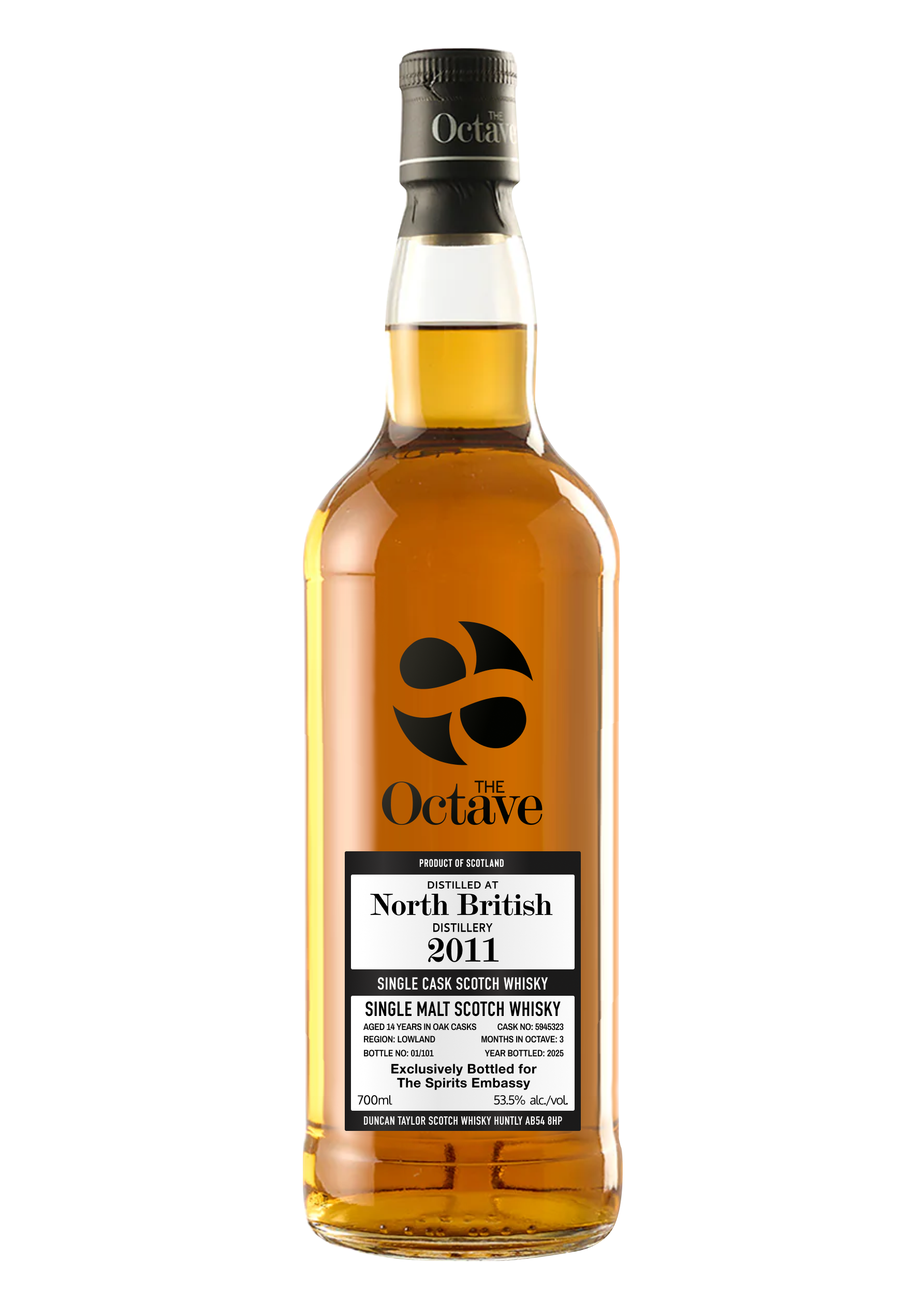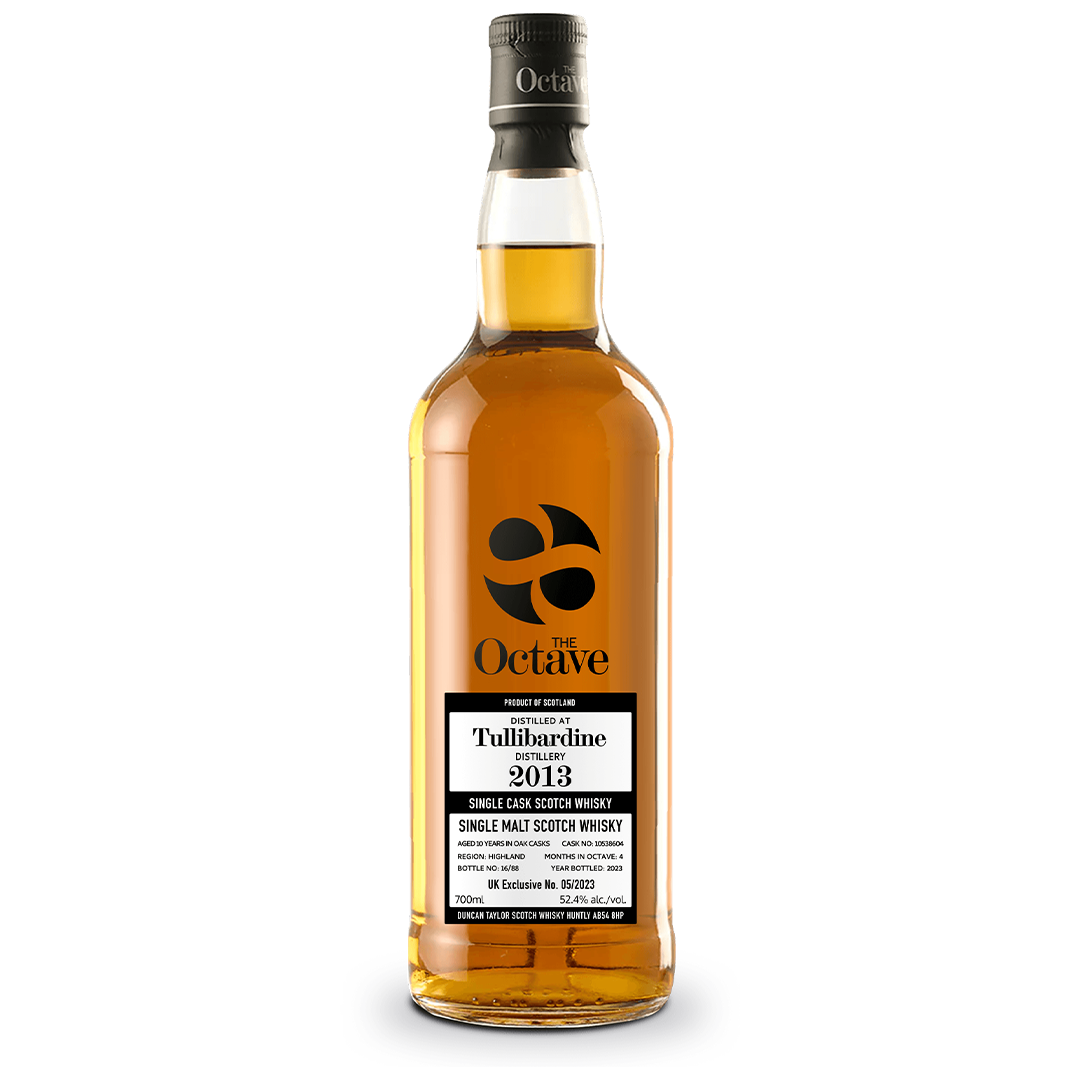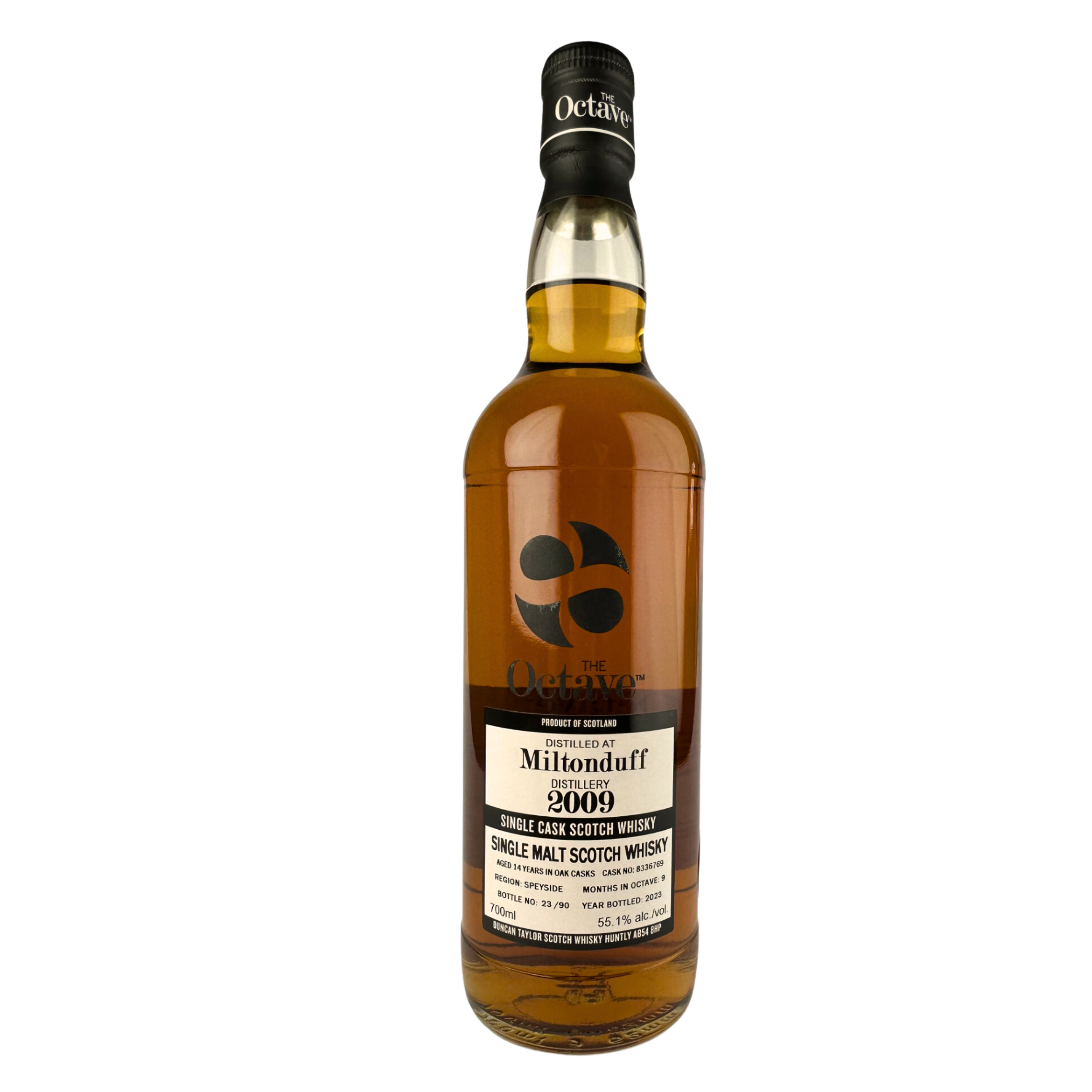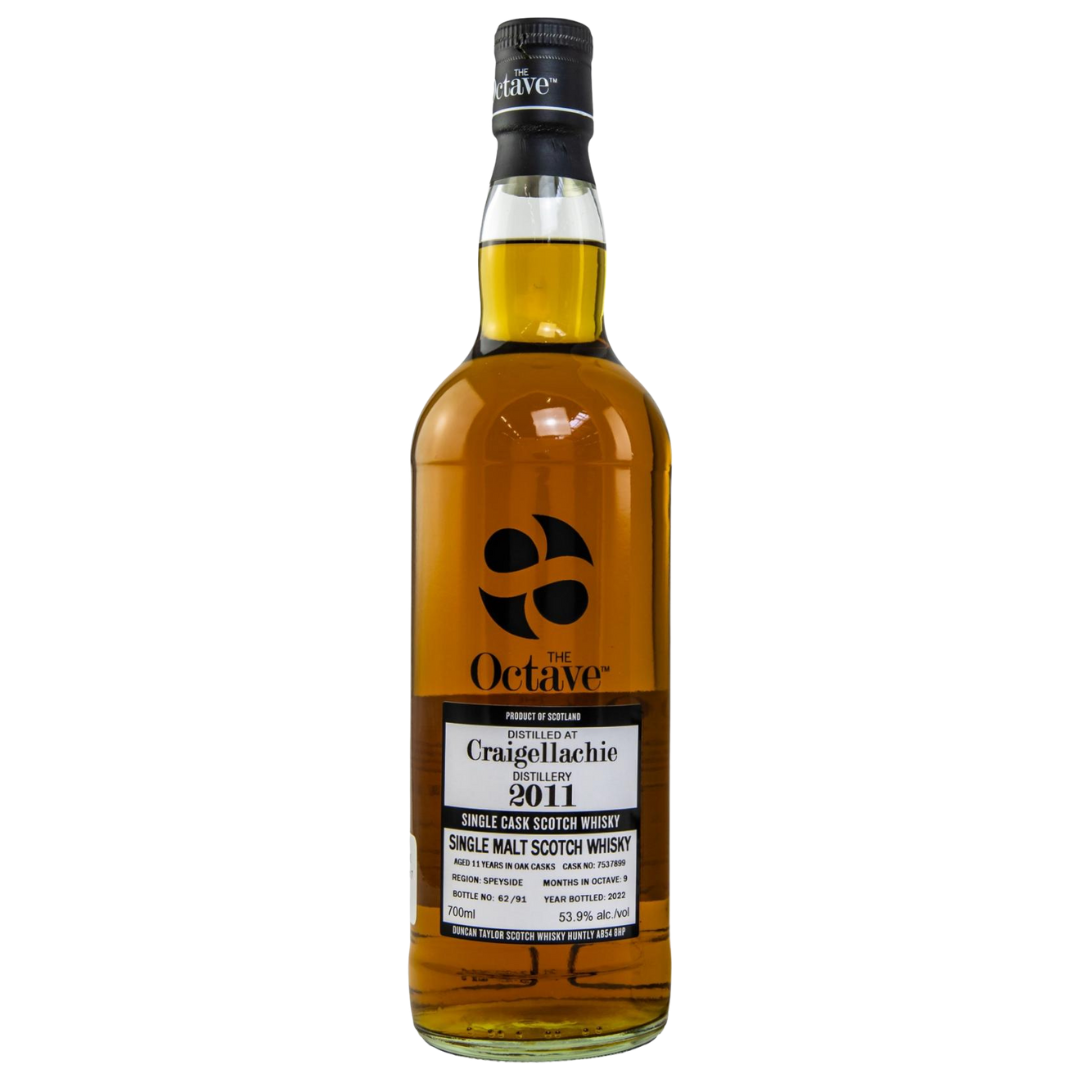THE OCTAVE
For upwards of 40 years the team at Duncan Taylor has experimented by maturing whiskies in smaller casks with great success. The research stemmed from the simple premise that there is more wood interaction with whisky over a shorter period of time in a small cask than in a large cask, therefore allowing a more rapid melding of wood, air and alcohol. After a second maturation the octave casks have refined the whisky, enhancing its hue, taste, form and character. The flavour profile is gently expanded, a little more sophisticated with the commanding presence of a mature, well-balanced Scotch Whisky. They have become ‘Octave Invigorated'™.
The Octave Collection is extensive with something for all tastes, be it a single malt, a single grain or a blended malt whisky. Featured distilleries include Aultmore, Bunnahabhain, Brackla, Caol Ila, Glenallachie, Glen Moray, Highland Park, Miltonduff and Tobermory.


How the collections are made

Step 1:
The whisky is carefully transferred from its original cask into smaller Octave casks and laid down in our Huntly warehouse. Each Octave cask holds just 64L worth of spirit, encouraging intense interaction with the wood.

Step 2:
Over a period of between 3 to 9 months, the whisky undergoes a second maturation. Each Octave cask is closely monitored as it develops its unique character. The small size of the Octave casks leads to higher evaporation (up to 10%), but also greater flavour concentration.

Step 3:
Once the Whisky reaches its optimal maturation, determined through regular sampling, each Octave is bottled individually. Every batch is limited to between 60 to 100 bottles, making each expression unique.
The Octave Journey
Duncan Taylor Scotch Whisky Ltd sources whiskies from all regions of Scotland. The Octave maturation process, monitored meticulously due to small cask size, showcases decades of expertise. The sherry-treated octaves, combined with original wood types, exemplify exceptional wood management and spirit quality, propelling Octave's global growth and development.
Discover More

